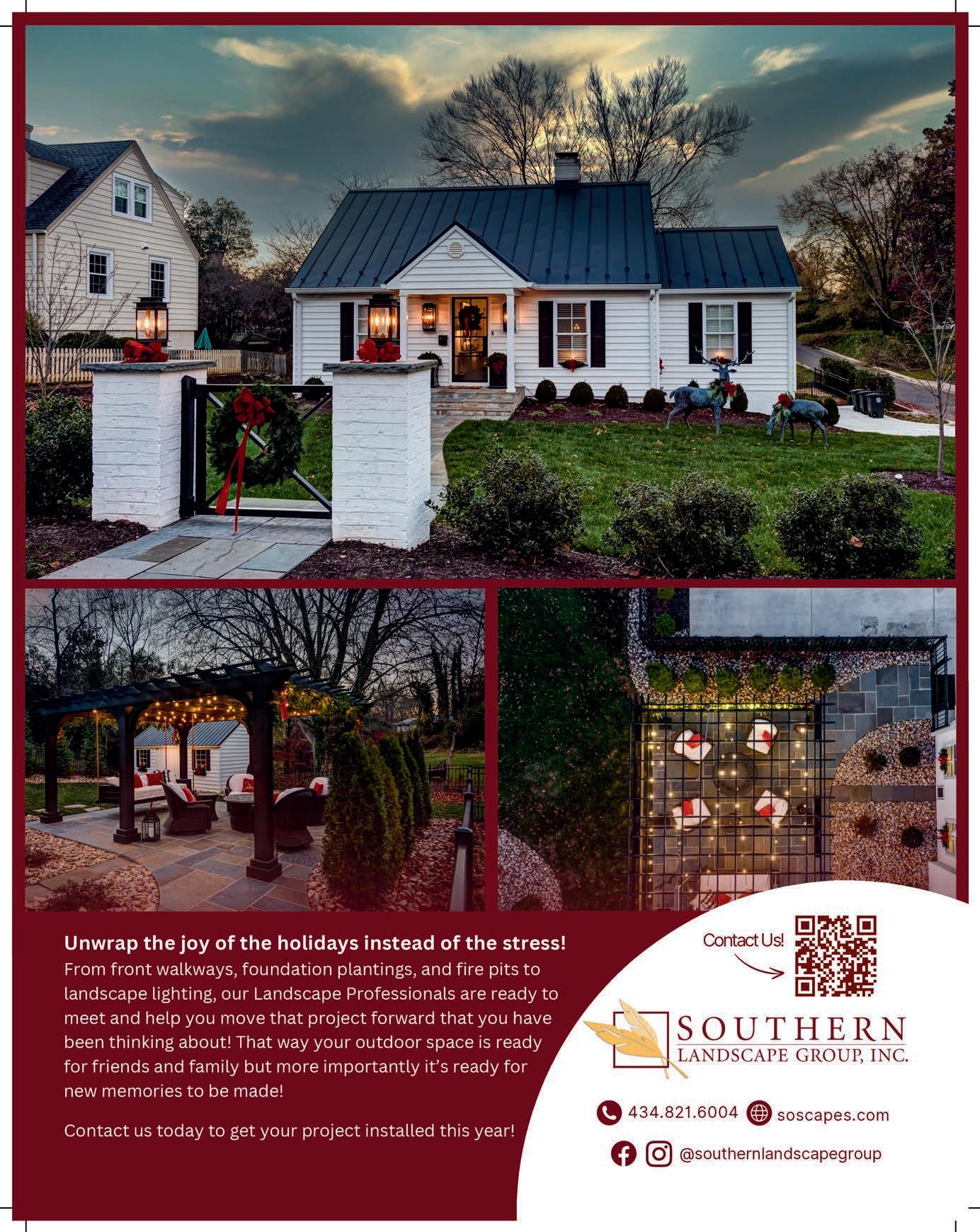


















As we close on the celebration of our 40th year in business, we want to take a moment to express our heartfelt gratitude for your continued support. It’s your support that allows us to give back to this community we love. This milestone would not have been possible without customers like you, who have stood by us through the years. We wish you and your loved ones joy, peace and prosperity this holiday season. Thank you once again for being a vital part of our success. We look forward to serving you in the years to come.
HVAC - All Brands • Generators • Water Heaters • Electrical
Residential and Commercial Service • 24/7 Technician on Call

Truly I tell you, whatever you did for one of the least of these brothers and sisters of mine, you did for me.
Matthew 25:40










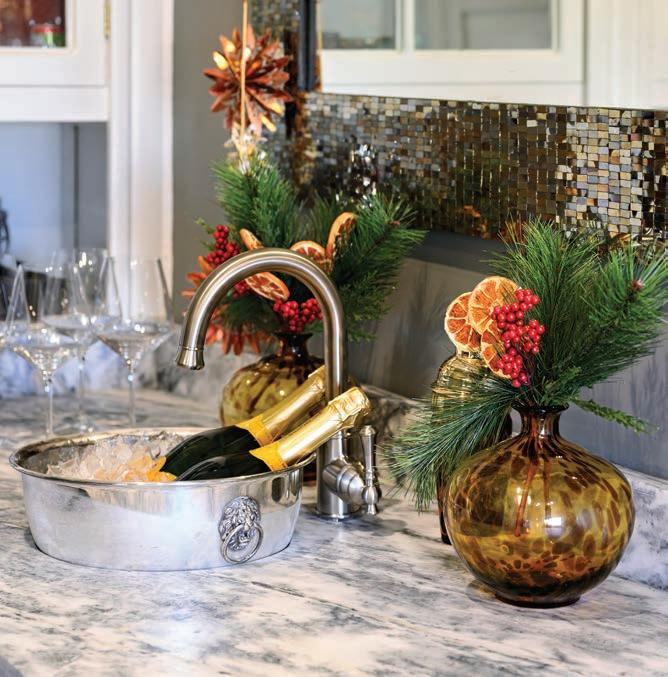
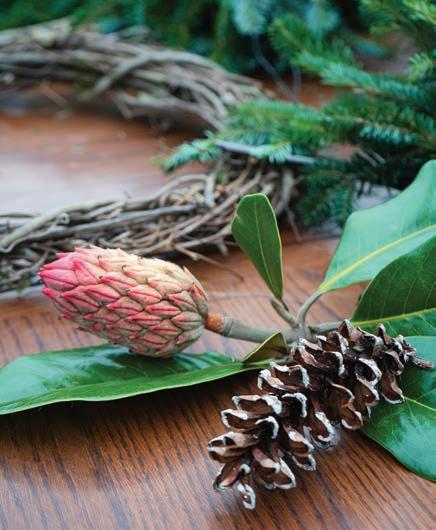


HEALD BENDALL
BLAIR SMITH



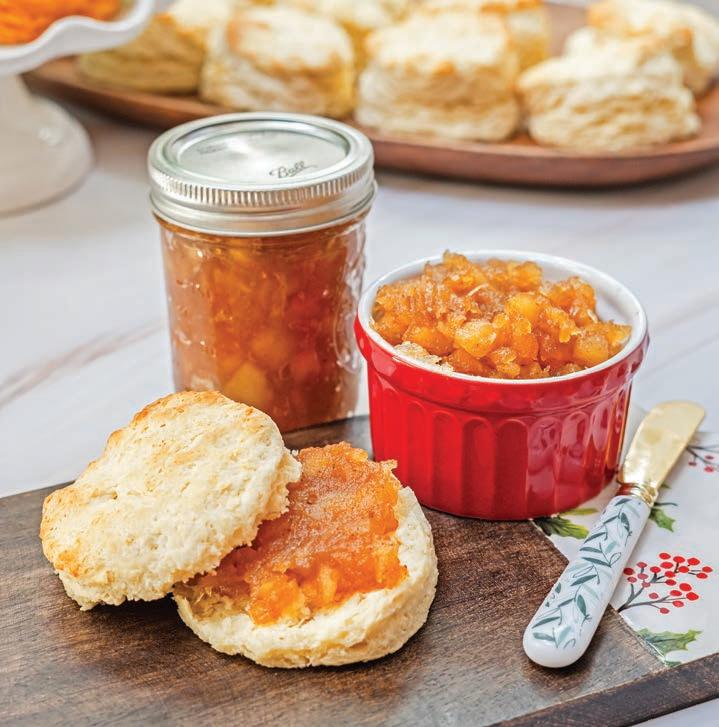





















When I visited Iceland last year, I was impressed by the friendliness and generosity of the people as much as the stunning landscapes — lava flows, ice caves, waterfalls and canyons. One tradition for Icelanders that I would love to celebrate for the holidays is Jólabókaflóð, which roughly translates to “Christmas book avalanche.” Don’t ask me to pronounce it, but Jólabókaflóð began during WWII when there were strict limits on the importation of goods. Today, it continues in giving books to loved ones on Christmas Eve and then enjoying reading those gifts during the holiday. A good book by a cozy fire? Count me in!
When Katherine Fulghum Knopf suggested an article on holiday traditions around the world, I thought of the Icelandic book tradition. Katherine already knew about several others, and it seemed like such an interesting way to find new traditions for our own homes. I hope you enjoy this piece as much as I did!
Speaking of gift giving, I think we’ve all been caught in a situation where we need a last-minute gift. Maybe we’re invited for dinner and need a hostess gift. Or someone unexpected is coming to our holiday event, and we don’t want them to be the only person without a gift. Kendall Atkins Livick has the perfect solution: the gift stash! Keep everything you need handy — and organized (isn’t that the hardest part?).
“Katherine absolutely gives the best facial I’ve ever had. She is wonderful about analyzing your skin and using the correct products on it. I can’t imagine going to anyone else.”
-Edie L.
“I appreciate Katherine’s warm demeanor & professionalism. She takes time to educate me on the benefits of various treatments/services available. The results have exceeded my expectations!”
-Grayson E.

I credit my mom with suggesting an article on the Christmas cactus. She always has one — or more — blooming during the season. Learn a little more about this annual favorite and how to keep it thriving from year to year.
As always, we have a beautiful showcase home to share. Galt’s Mill in southeast Amherst County has been the homeplace for generations of Turners and Perrows. Filled with beautiful family memories, it’s the perfect place to spend the holidays.
Speaking of family, I think we all have go-to recipes (often handed down by our moms) for holiday entertaining. This issue we decided to share our HOME team’s personal favorites. We hope you enjoy them with your friends and family this season. Happy reading, Happy Holidays and Merry Christmas from our HOME to yours!
Donna Dunn | donna@jamesrivermedia.com
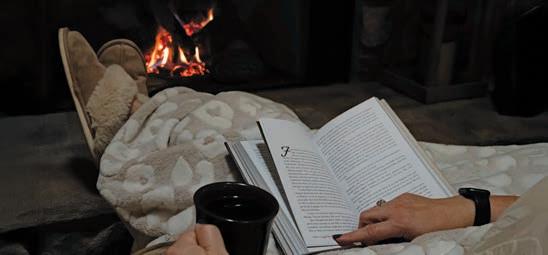

your experience today!

Katherine Booth Skin Care and Spa Master Esthetician | 20+ years of experience










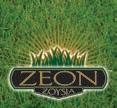



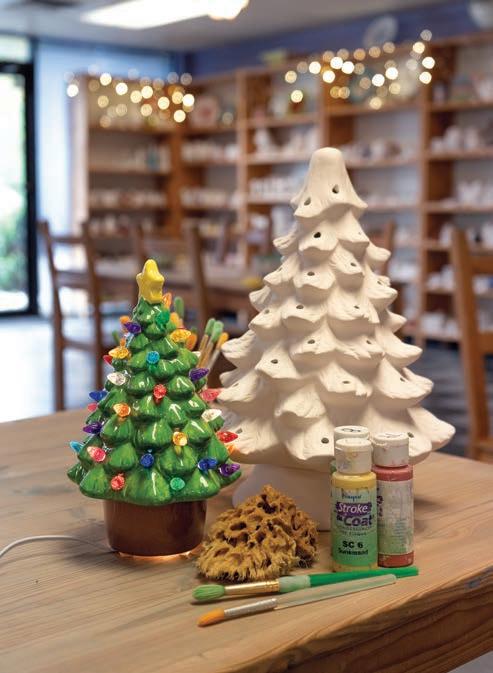

VOLUME 1 8 ISSUE 5
PUBLISHER
Trish Roth
EDITOR
Donna Dunn
ART DIRECTOR
Kira Rider
CONTRIBUTING WRITERS
Carter Heald Bendall
Mitzi Bible
Becky Calvert
Paula Peters Chambers
Martha S. Coffey
Laurel Feinman
Katherine Fulghum Knopf
Margie Lippard
Kendall Atkins Livick
Sloane Lucas
Christina Moore
Ginny Smith
Ashley Blair Smith
PHOTOGRAPHER
Michael Patch
GRAPHIC DESIGNER
Donna Collins
SALES DIRECTOR
John Mazzei
ADVERTISING SALES
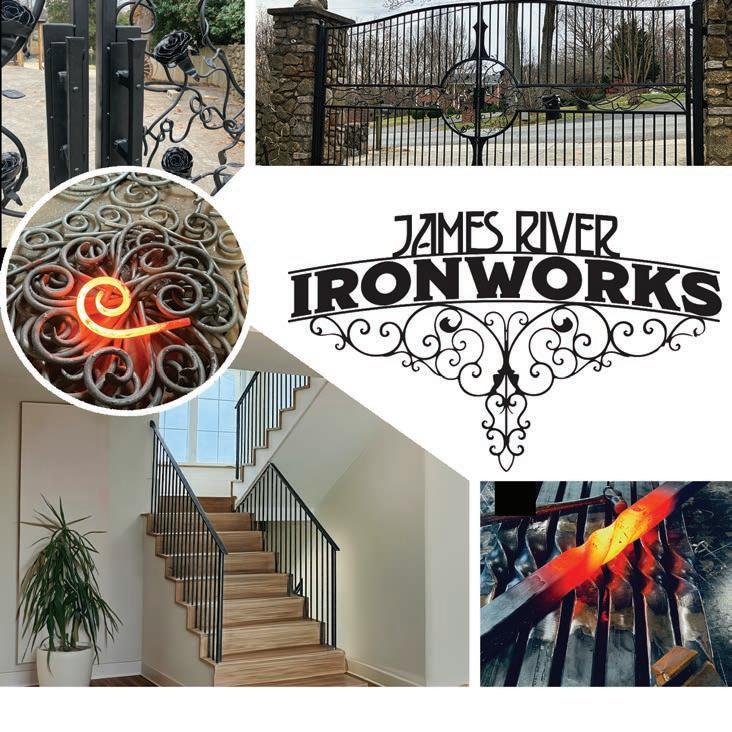

Kirsten Morey Becker
Lisa Bowers
William Neely
Kenny Shelton
SUBSCRIPTIONS
Central Virginia HOME is published five times annually by James River Media, LLC. For an annual subscription, please send $20 and your name, address and telephone number to: Central Virginia HOME 109B Tradewynd Drive, Lynchburg, VA 24502
For advertising information please call (434) 845-5463 or email sales@jamesrivermedia.com
To discuss coverage of an event relating to home or garden, please contact Central Virginia HOME at home@jamesrivermedia.com
JAMES RIVER MEDIA, LLC (434) 845-5463
Copyright 2024 by James River Media, LLC. All rights reserved. No part of this publication may be reproduced or transmitted in any form or by any means without written permission from James River Media, LLC. All pictorial material reproduced in this magazine, whether in a produced ad or by itself, has been accepted on the condition that it is with the knowledge and prior consent of the photographer or the artist concerned. As such, James River Media, LLC is not responsible for any infringement of copyright or otherwise arising out of publication thereof. The information contained herein has been obtained from sources believed to be reliable. However, James River Media, LLC makes no warrant to the accuracy or reliability of this information. Opinions expressed in this magazine are those of the authors and do not necessarily reflect the opinions of ownership or management.













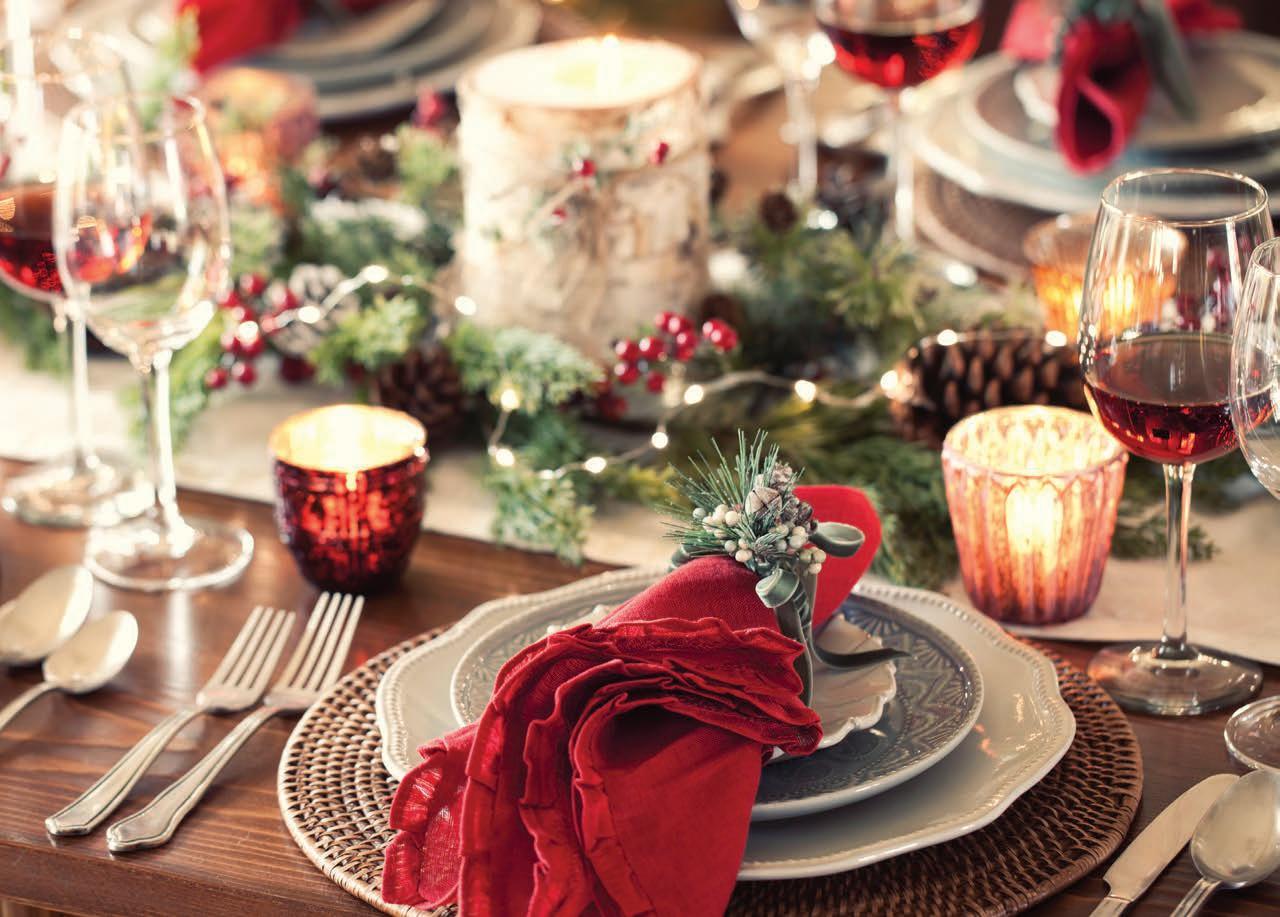
BY LAUREL FEINMAN
Setting the table for a party can set the tone for the entire event. Whether hosting an intimate dinner with close friends, a festive family gathering or something in between, arranging your table enhances the experience and makes your guests feel special.
Choose a theme or color scheme
The first step in setting a party table is to unleash your creativity by choosing a theme or a color scheme. This decision guides your choices in table coverings, napkins, centerpieces and place settings. For a sophisticated dinner party, opt for a monochromatic color palette, such as white and gold. For a casual gathering, bright colors and patterns may feel more appropriate. Your theme can be seasonal (fall harvest or cozy
winter), holiday-specific (traditional Christmas or glitzy New Year’s Eve), or something more personal, like a favorite hobby of the guest of honor.
Stick with a theme once you’ve settled on it to create a cohesive look. For example, a traditional holly green and cranberry red “Dickens Christmas” and a technicolor, whimsical “Whoville Christmas” evoke two totally different (and conflicting) vibes. Don’t try to mix them.
Arrange the place settings
The place setting is where functionality meets style. A formal place setting, like the ones you see in the grandest dining rooms, includes a dinner plate, salad plate, soup bowl, utensils, glassware and a napkin. Some may even add a charger plate, bread plate, multiple utensils to complement each course, and specific wine, water and champagne glassware. In the opening montage of every episode of Downton Abbey, white-gloved footmen precisely measure and place sparkling crystal goblets and lustrous silver flatware on Lord and Lady Grantham’s dining table. Without a Carson and Mrs. Hughes harrumphing about in the scullery, you don’t have to be so fussy. Here’s a guide to arranging the basics:
n Plates: The dinner plate goes in the center, with the salad plate on top if you’re serving salad. The soup bowl can go on top of the salad plate if you are serving soup.
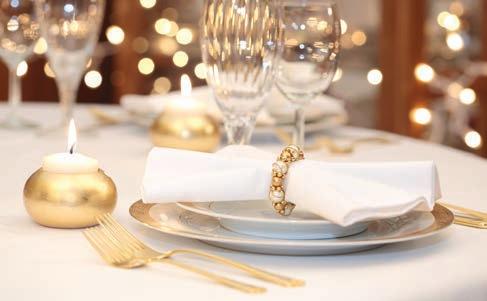
n Utensils: Place forks to the left of the plate and knives and spoons to the right. Utensils are placed in the order they will be used, starting from the outside. The salad fork goes to the left of the dinner fork because the salad course will presumably be served before the entrée. Please place knives with the cutting blade facing the dinner plate.
n Glassware: Set glasses above the knives. The water glass should be placed directly above the dinner knife, with the wine glass to its right.
n Napkins: In a casual tablescape, napkins can be placed on the dinner plate or underneath the forks. They should be put to the left of the forks in a more formal setting.





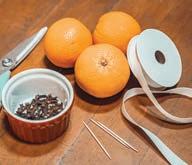
Materials needed:
n Orange
n Cloves
n Ribbon
n Toothpick
n Scissors
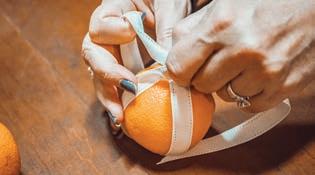
1
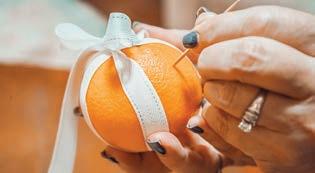
2 Use a toothpick to make holes in your orange.

3
Push a clove into each hole, and continue this process until the whole orange is covered. (Or make lines or shapes.)

4
Use as part of a centerpiece or hang for festive fragrance around the house.
Note: An orange pomander will only stay fresh for 2-3 days. To extend freshness, you can refrigerate pomanders at night. You can also store them in a paper bag in the fridge for a week or two.
Source: natgeokids.com
PHOTOS: JAMES RIVER MEDIA
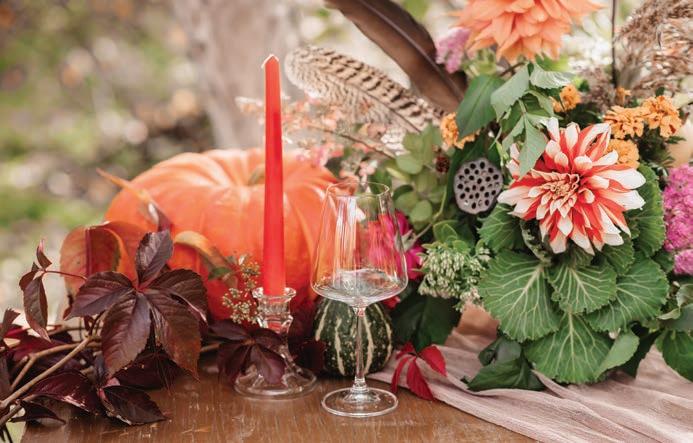
Create a focal point
Centerpieces are the focal point of the table. They should reflect the theme and add to the ambiance without overwhelming the space or obstructing guests’ views. Fresh flowers and greenery are a classic choice and can be arranged in vases, jars or even directly on the table. Be mindful about choosing flowers that are not overly fragrant, lest their scents compete with or overpower that of the food. Natural elements such as clove-studded orange pomander balls, vegetables and herbs can be incorporated into the centerpiece and complement the food, as their aromatic qualities mingle with the flavorings used during the food preparation. (See our guide on how to make orange pomander balls on the left.) Candles add a warm, inviting glow and can be used in addition to or instead of flowers. Whatever you choose for your centerpiece, just be sure it is low enough to allow for easy conversation across the table.
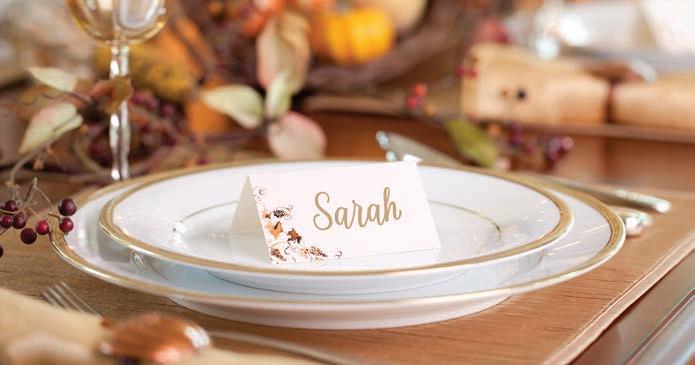
Place cards are not just a practical tool for seating arrangements; they are a thoughtful touch that makes guests feel special. In my family, the school-aged children always made place cards for our family dinners. It was the perfect activity to get the kids engaged in helping prepare for the occasion without being underfoot in the kitchen. Years later, these crayon-scrawled place cards are a fun reminder of years gone by. You can, of course, purchase them pre-made or print your own if you prefer. Party favors can be placed at each setting as a thank-you gift for guests. This can be something small and simple like a tiny jar of homemade jam, a miniature potted plant or a fun novelty like a Christmas Cracker. These favors double as table décor and add that extra layer of charm to your tablescape.

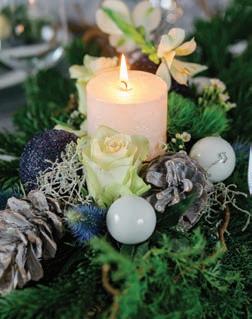
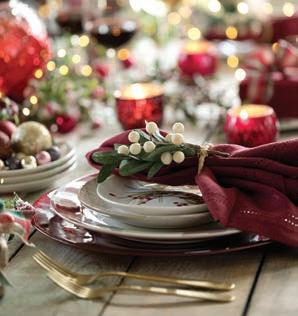
Have a plan for managing all the decorative accents and service items once the table becomes laden with people, food and beverages. Where should the salt and pepper shakers go? Where should guests put their napkin rings after unfurling their napkins onto their laps? How many gravy boats and butter dishes will this crowd use? Think these details through in advance so they don’t cause confusion during the meal. Consider setting your table the day before the big meal so you have time to dwell upon these details and make adjustments and additions before the guests arrive.
Flattering lighting is crucial for creating the right ambiance at your dining table. Candles are a timeless choice that can be used in addition to the room’s overhead lighting, but probably not instead of it.
Setting the table for a party is about more than putting out plates and forks — it’s about creating an experience. Thoughtfully arranging your table shows your guests that you care about their comfort and enjoyment. Whether you’re hosting a grand holiday feast or a simple weeknight dinner, setting a beautiful table makes your event more memorable. Remember: the most important element at your table is the care and thought you put into making your guests feel welcomed and appreciated. ✦
(See our article on page 34 to learn how to make the most of your table linens.)


brightstarcare.com/lynchburg 434-300-3220 BrightStar Care® of Lynchburg offers in-home care for all ages and medical staffing that goes above and beyond. We call it

In addition to Joint Commission accreditation — which demonstrates our commitment to safety and quality standards — our compassionate and proactive caregivers deliver a personalized nurse-led plan of care right in your loved one’s home.

Jenifer Alty Massie Regional Director of Operations

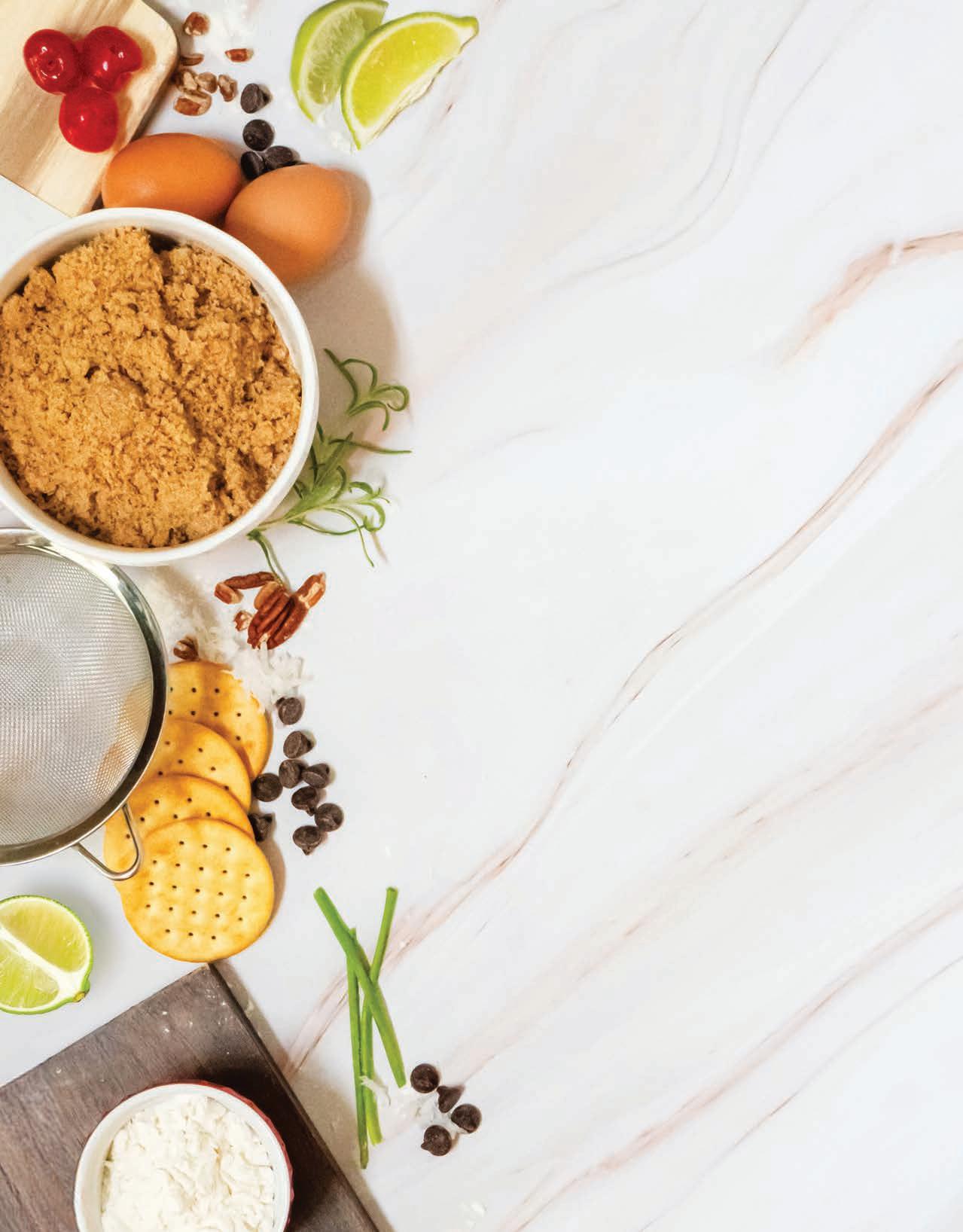
BY DONNA DUNN
Photography by James River Media
The aromas of cinnamon and vanilla, the warmth of the oven and family gathered around the table imbue the holidays with comfort and joy. Cooking, especially during this time of year, is about more than putting food on the table. It’s about connection and reliving fond memories, together.
Each of us has traditions that help to create a sense of home during the holidays — our HOME team included! For this issue of the magazine, we wanted to take a moment and share our favorite recipes to serve or share during this special season. Some are fancy, others are everyday delights, but we hope you enjoy them with someone you love.

Cherry Walnut Bars
2 1/4 cups flour
1/2 cup sugar
1 cup margarine
2 eggs
1 cup brown sugar
1/2 teaspoon salt
“I hosted a cookie exchange for many years, and these bars were always requested. They are easy to make, beautiful on a platter and delicious! I only make them around the holidays – with good reason; it’s hard to stop at just one!”
1/2 teaspoon baking powder
1/2 teaspoon vanilla
1, 10-ounce jar Maraschino cherries, chopped 1/2 cup walnuts, chopped
FROSTING:
2 Tablespoons margarine
2 cups powdered sugar
Reserved cherry juice
Preheat oven to 350 degrees. Mix flour, sugar and margarine until crumbly. Press into a 13x8x2" pan. Bake for 20 minutes or until light brown. Blend eggs, brown sugar, salt, baking powder and vanilla. Drain and chop cherries. Reserve liquid. Stir cherries into egg mixture, and add chopped walnuts. Pour on top of baked crust. Bake for 25 minutes. Remove from oven and cool. Frosting: Mix margarine, powdered sugar and enough cherry liquid to reach a spreadable consistency. Frost bars.







From HOME Art Director Kira Rider:
“This is a classic dish in our family. It’s super simple, but delicious, and can easily be made the night before, which comes in handy during the chaos of the holidays. Mix everything ahead of time, but don’t bake it until you’re ready to serve. Add more cornflakes if you like an extra crunch.”
Cheesy Potato Casserole
2 pounds frozen hash browns, thawed
1 cup melted margarine, halved
1 teaspoon salt
1/4 teaspoon pepper
1/2 cup grated onion
1 can cream of chicken soup
2 cups grated cheddar cheese
2 cups sour cream
2 cups cornflakes, crushed
Preheat oven to 350 degrees. In a large bowl, mix hash browns, 1/2 cup melted margarine, salt, pepper, onion, cream of chicken soup, cheese and sour cream. Put in a greased 9x12" dish. Top with cornflakes mixed with 1/2 cup melted margarine. Bake for 1 hour.



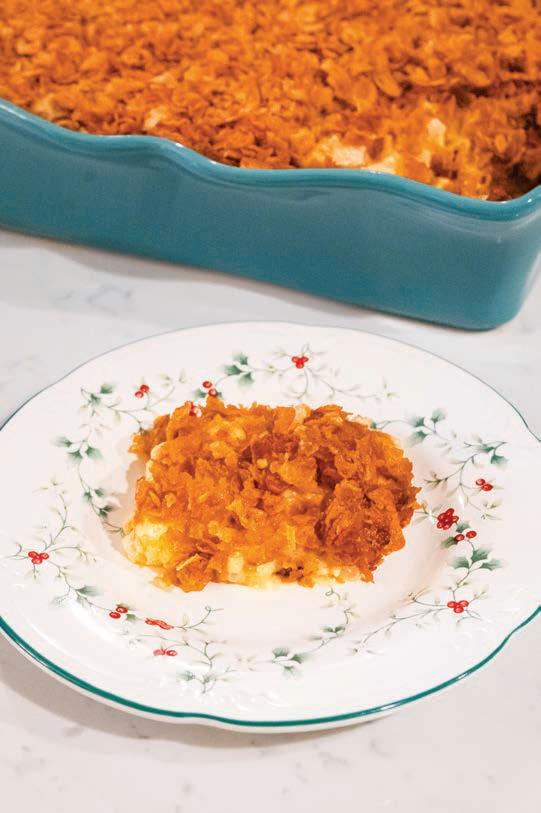

From Roanoke Valley
HOME
Contributing Editor Katherine Fulghum Knopf:
“My husband loves this dip! It is a great signature piece on a charcuterie board. It tastes delicious on your favorite crackers or crisp celery. Make it special and add a few bowls of pickles or olives, and you have an appetizer for all.”
16 ounces smoked trout (pre-packaged in the seafood department)
1/4 cup sour cream (or Greek yogurt)
1/2 teaspoon salt
1/2 teaspoon pepper
4 ounces cream cheese, softened
2 teaspoons chives (fresh or dried)
Remove skin from trout (your dog or cat will love it!) and flake trout into a bowl. Add sour cream, salt and pepper. Stir. Break cream cheese into small pieces and slowly add into the trout mixture. Mix well. Put in a serving bowl and top with chives.
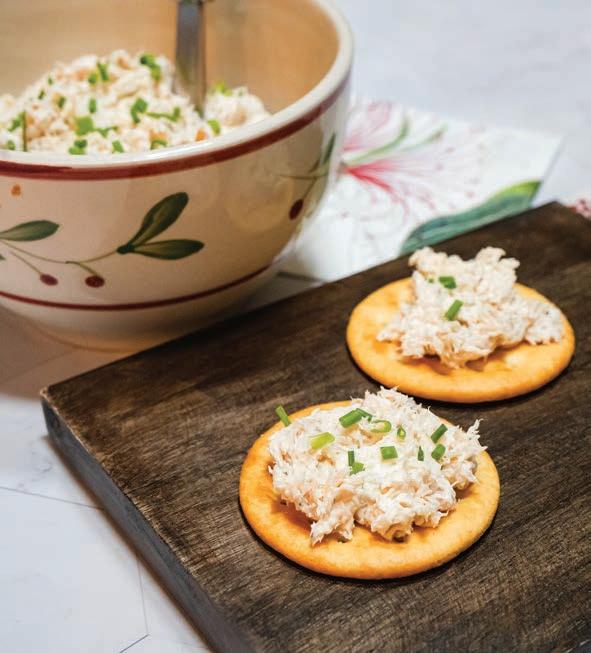

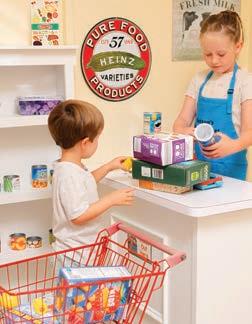


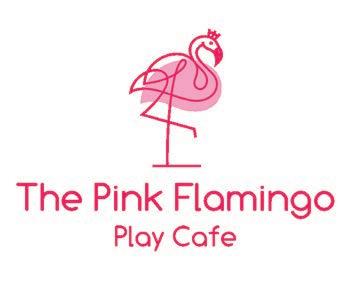


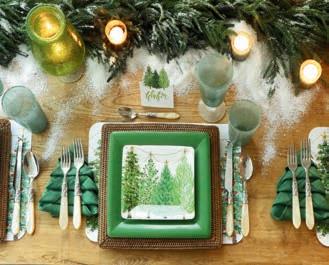





Hot Crab Dip
1 pound backfin crabmeat
8 ounces softened cream cheese
2 teaspoons Old Bay seasoning
2 Tablespoons mayonnaise
From HOME Food Writer Becky Calvert:
“Growing up, this dip was my favorite Thanksgiving appetizer. It’s since become my go-to dish to bring to parties.”
1 teaspoon Worcestershire sauce
Salt and pepper to taste
1/2 cup shredded cheddar cheese
Crackers or bread
Preheat oven to 350 degrees. Combine softened cream cheese with Old Bay, mayonnaise, Worcestershire sauce, salt and pepper. Fold crabmeat in. Place shredded cheese on top, and bake for 35-40 minutes or until bubbly and hot. Cool slightly before serving with crackers or bread.



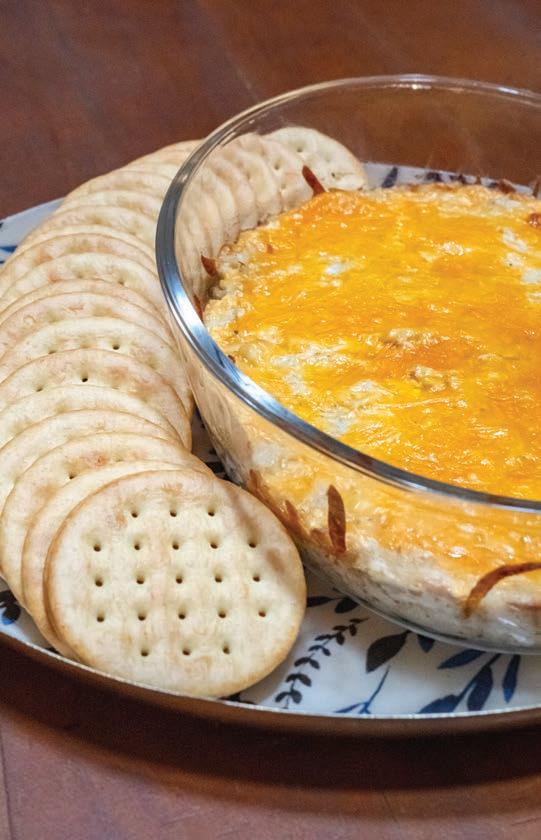

Merry Moscow Mule
From Mari White, James River Media & contributor to HOME:
“I serve this at all holiday gatherings! It’s not too elaborate, but it is delicious, pretty and unique.”
1 part cranberry juice (100% juice works best)
1 part apple cider (not vinegar or hard cider)
2 parts ginger beer (I like diet Cock & Bull)
1 part vodka
Garnish choices:
Cranberries, apple slices, rosemary sprigs, lime wedges
Combine ingredients into a copper mug or pitcher (for a crowd) over ice; add garnish and enjoy!
For a twist:
n Substitute vodka with your favorite bourbon or rum.
n Leave out the vodka altogether for a sweet, gingery taste.
n Use different types of flavored juices.
n Use ginger ale instead of ginger beer for a sweeter version.



LESS HUSTLE & BUSTLE, MORE TRANQUILITY? LESS TRAFFIC, MORE PRIVACY, SMALLER SCHOOLS?
Come let us show you the communities around Central/Southside Virginia including our quaint little town of Altavista! It offers the beautiful Avoca Estate/Historical Museum, one of the best YMCAs in the state, wonderful public library and some of the most scenic parks and walking trails you’ll ever see, as well as the new Staunton River Canoe Launch. Plus we’re just a short distance to Leesville and Smith Mountain Lakes!




Named Altavista Area’s Best Real Estate Agent for the last 18 years, Cindi Parsons offers a FREE Market Evaluation to help determine your home’s worth and is eager to serve you in buying or selling.
As a Certified Relocation Inventory Specialist, a Certified Destination Services Specialist, and Certified Marketing Assistance Specialist, let her put her 40 years of experience to work for you!
Call Cindi at (434) 851-8522 today! cindiparsonsrealestate@gmail.com
www.agnesdowdyre.com | 1003 Main St, Altavista, VA 24517

Altavista | Campbell, Pittsylvania & Bedford Counties | Leesville & Smith Mountain Lakes | Lynchburg

At Edward Jones, we deliver candid guidance and personalized investment strategies to help you plan for and realize the possibilities of your future – for you, your family and generations to follow.

Brent Helms, CFP®, AAMS™

“Each Christmas, my mother-inlaw, Patty Dunn, would make one favorite treat for each of her sons: Party Mix for the oldest, Cheese Wafers for her middle son and SevenLayer Cookie Bars for the youngest, my husband. Here’s her recipe, adapted from the Hermitage High School Recipe Book, “The Stuffed Cougar.” My in-laws and their sons attended Hermitage, which is in Henrico County next to Richmond, Va.”
Seven-Layer Cookies
1/4 cup margarine
1 cup graham cracker crumbs
1 (7 ounce) can angel flake coconut
1 (6 ounce) package chocolate chips
1 (6 ounce) package butterscotch chips
1 can Borden’s sweetened condensed milk
1 cup pecans, finely chopped
Preheat oven to 325 degrees. Melt margarine in a 9x12" pan. Add other ingredients by layers, as listed. Bake for about 30 minutes. Cool in pan. Cut into small squares. ✦
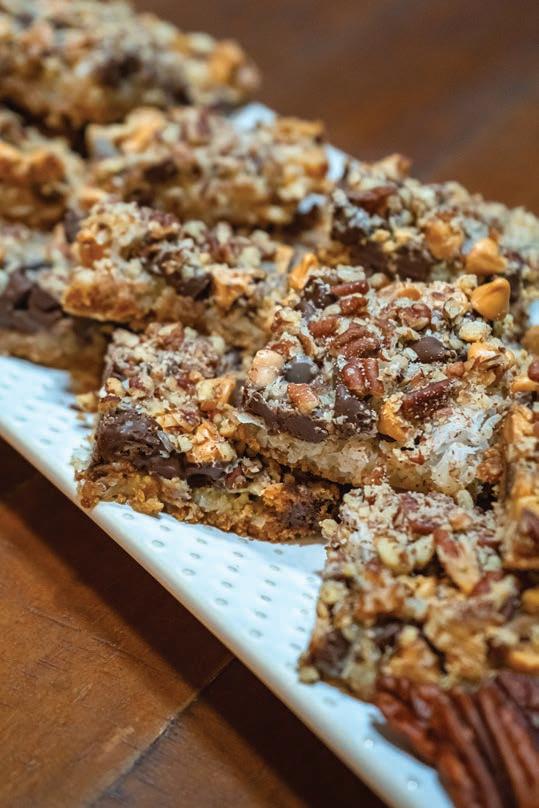


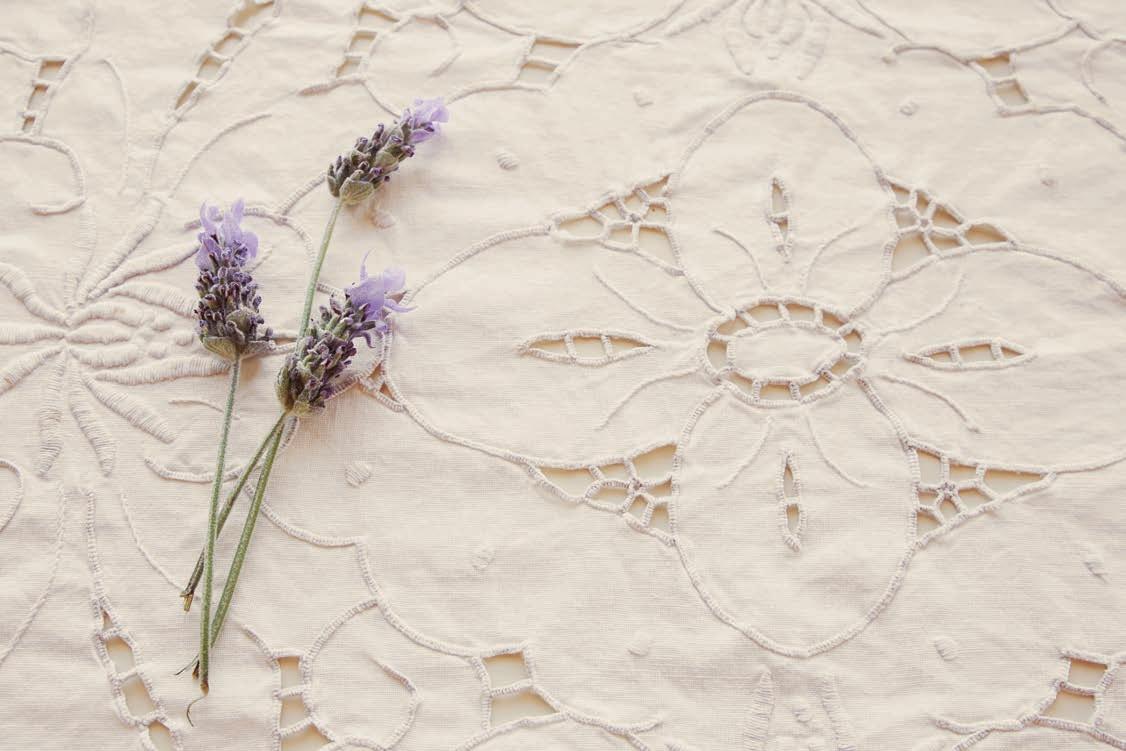

Preserve their beauty & add a lovely scent
BY MARTHA S. COFFEY
Nothing spells SPECIAL OCCASION more than setting a table with beautiful linens. Whether yours are heirloom pieces from favorite relatives, treasured gifts from friends and family, linens purchased as souvenirs of long-ago trips or simply items purchased during memorable antiquing jaunts, keeping them in tiptop shape will extend their lives. Read on for some time-tested guidelines for caring for your table linens.


Experts agree that pretreating any stains and then washing soiled table linens immediately after each use is the critical first step in prolonging their lives. The Spruce, an online source of information about all things home and garden-related, reminds us that some heirloom and embellished linens may benefit from a spot cleaning with a mild laundry detergent and hand washing in cold water. This careful treatment will preserve the color and fiber strength of antique or embellished linens in cases where machine washing would be too rough. Indeed, whatever their fiber contents, all table linens can profit from prompt stain removal and laundering.

In the unfortunate event of an oily food stain on delicate fabrics, begin by dabbing (but not rubbing) a bit of heavy-duty detergent such as Tide or Persil on the stain with your fingers or a soft white cloth. Then let the cleaning solution soak in for at least 15 minutes before rinsing the spot with cool water. If the stain still shows after the first rinse, spot treat with either Resolve or Oxi Clean formulated for fabrics and hand wash the item again. Repeat this process until the stain is gone. For dingy or stained all-white fabrics, a small amount of colorfast oxygen bleach may be used for spot treating and for overall lightening. Adding a drop of bluing liquid may also be used during laundering to restore yellowed linens to brightness.





Machine drying vs. air drying

According to eventswholesale.com, an online purveyor of all kinds of table linens for special occasions, air drying (also referred to as line drying) is the recommended method for drying all kinds of table linens except for those made of 100 percent polyester or cotton-polyester blends. These sturdier fabrics may safely be machine washed and dried at a low heat or on the permanent-press cycle and removed promptly to avoid excessive wrinkling.
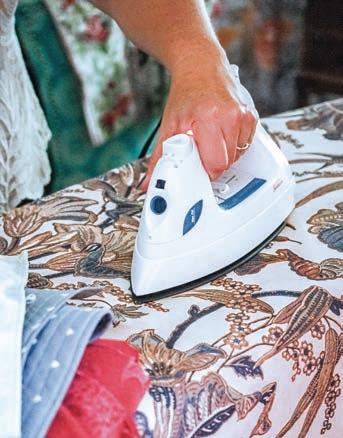

Many table linens, whether air or machine-dried, require ironing to look their best. If larger pieces of table linens such as tablecloths have been stored after washing without having been pressed, a spritzing with water or, better yet, scented water (see page 37 ) before ironing will produce better results. Of course, if you plan to iron your linens right after machine washing and drying, removing them from the dryer when still slightly damp will make the job of ironing much easier. For ironing larger pieces such as tablecloths, set up your padded ironing board at the foot of a bed or large table so that as you iron you can spread the fabric over the bed or table’s surface instead of letting the ironed portion puddle on the floor and wrinkle. Always iron the reverse side of the fabric and the front side only if necessary. Another option for larger linens is to use a steamer. Steaming is gentle and doesn't damage the fabric, but may not get out wrinkles as fully as a traditional iron.
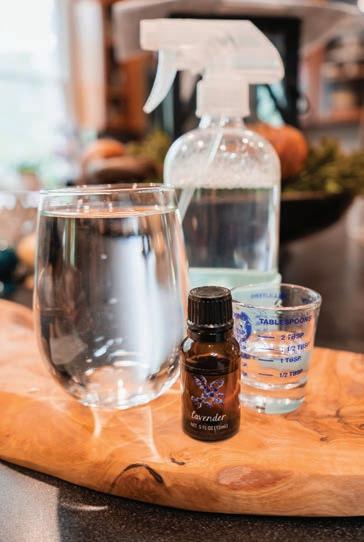
1 teaspoon essential oil (lavender, rose, rosemary, eucalyptus)
1 Tablespoon witch hazel or vodka
16 ounces distilled water
Shake together in spray bottle. Refrigerate leftovers.
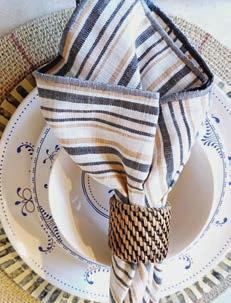

Cloth napkins that will be folded into rectangles may be stored either flat or folded, whereas those that will be folded into fancy shapes may benefit from a light spray of starch during the ironing process, stored flat and then artfully folded just before using. Note that it is critical that everything freshly ironed be left out for a couple of days to dry fully to prevent mildew.
Once completely dry, table linens may be stored flat or hung in a cool, dry, well-ventilated area. Use padded
hangers, or for larger, heavier pieces such as tablecloths, place them on heavy-duty blanket hangers to prevent creasing. Avoid storing table linens in plastic bags, cardboard boxes or in direct contact with cedar chests or wood drawers. Instead, loosely wrap all but the largest, hung linens in clean white 100 percent cotton sheets or acid-free tissue paper and store them on shelves in closets. With proper care and storage, treasured linens will be passed down through generations, enhancing festive occasions with each use. ✦














BY CHRISTINA MOORE
Composting is an age-old practice that has gained renewed importance in today’s eco-conscious world. By turning organic waste into nutrient-rich soil, composting not only reduces landfill waste but also nourishes gardens and landscapes. Whether you’re a seasoned gardener or a beginner, understanding the basics of composting can help you contribute to a healthier environment while enriching your plants. In this article, we’ll explore the essentials of composting, the types of compost, its benefits, suitable materials, and some handy tips and tricks to get the most out of your composting efforts.
The basics of composting
At its core, composting is a natural process of decomposition that transforms organic materials, like kitchen scraps and yard waste, into a dark, crumbly substance known as compost. This rich, earthy material is packed with nutrients and can be used to improve soil health, making it a gardener’s best friend.
You have control of how simple or complex you’d like your composting to be! At its simplest, a compost pile can be
developed in your backyard by regularly adding organic waste and letting nature do its work. The process is driven by microorganisms, such as bacteria and fungi, that break down the materials. Over time, with the right balance of moisture, oxygen and temperature, these materials decompose into a rich humus that can be used to fertilize and condition soil. Conversely, there are more intricate composting measures that allow you to fine tune and control the process.

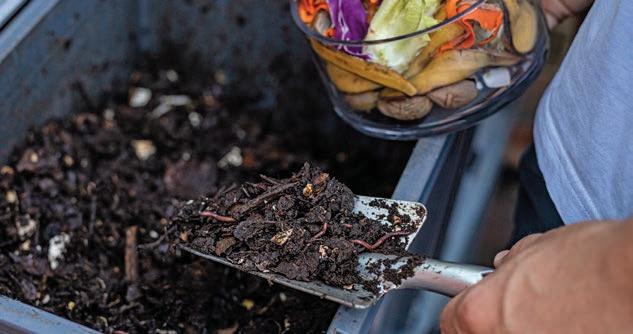
Not all compost is the same, and the type you produce can vary depending on the materials used and the composting method.
This is the most basic form of composting where organic materials are added to a pile and left to decompose naturally over time. It’s low maintenance but slow, often taking up to a year to produce usable compost.
This method is faster, taking only a few months to produce compost, but it requires more effort. By maintaining the right balance of green (nitrogen-rich) and brown (carbonrich) materials, and regularly turning the pile to introduce oxygen, you can keep the internal temperature of the pile between 130 and 150 degrees. This high temperature speeds up decomposition and kills weed seeds and pathogens.

This is composting with the help of worms, usually red wigglers. The worms eat organic material and excrete castings, which are rich in nutrients and beneficial microorganisms. Vermicomposting is ideal for small spaces or indoor composting, as it produces high-quality compost with minimal odor.
This method, originating from Japan, uses a special mix of microorganisms to ferment organic waste in an anaerobic environment. It’s especially effective for composting meat and dairy, which are usually problematic in traditional composting. Bokashi composting is quick and can be done indoors, making it a great option for those who may live in apartments, condominiums or other areas where there is limited outdoor access.
& Women’s Snapshot Health and Wellness Panels
Pressure, Height, Weight, and BMI included with Expanded Health and Wellness Panels
SNAPSHOT HEALTH PANEL
Complete Blood Count (CBC) ■ Comprehensive Metabolic Panel (CMP) ■ Cholesterol / Lipid Panel (Cardio IQ) ■ Urinalysis ■ Thyroid Function Test SNAPSHOT EXPANDED
SNAPSHOT HEALTH PANEL ■ Complete Blood Count (CBC)
■ Comprehensive Metabolic Panel (CMP) ■ Cholesterol / Lipid Panel (Cardio IQ) ■ Urinalysis
■ Prostate Specific Antigen (PSA)
SNAPSHOT EXPANDED HEALTH PANEL
Everything in the Basic Panel Plus:
■ High sensitivity C-Reactive Protein ■ Vitamin D
A1C
Magnesium
Phosphate

The benefits of composting
Composting offers numerous benefits, both for your garden and the environment:
SOIL ENRICHMENT
Compost is often referred to as “black gold” because of its ability to improve soil structure, increase moisture retention, and provide essential nutrients. It helps create healthy, fertile soil that supports robust plant growth.
WASTE REDUCTION
By composting, you can divert up to 30 percent of your household waste from landfills. This reduces the amount of methane, a potent greenhouse gas, produced by decomposing organic matter in landfills.
ECO-FRIENDLY GARDENING
Composting reduces the need for chemical fertilizers, which can be harmful to the environment. It also helps prevent soil erosion and can even remediate contaminated soils by binding heavy metals and other pollutants.
COST SAVINGS
Making your own compost means you don’t need to buy commercial fertilizers, mulches or soil conditioners, saving you money in the long run.
Materials to compost
The key to successful composting lies in knowing what materials to include.
These are nitrogen-rich materials that help to activate the composting process and include kitchen scraps such as fruit and


vegetable peelings, coffee grounds, eggshells, grass clippings and garden waste.
These are carbon-rich materials that provide energy for microorganisms and help maintain structure in the compost pile. Examples include dried leaves, straw, cardboard, paper, wood chips and small branches.
It’s important to maintain a good balance between greens and browns — typically, a ratio of 2:1 (browns to greens) works well. This balance ensures the right conditions for decomposition and helps avoid issues like odor or slow composting.
Finding the perfect composting container can make your composting journey smoother and more enjoyable! There are a few different options, each with its own perks. Traditional compost bins are great for backyard composting. They’re usually cylindrical with a lid and some ventilation holes, making it easy to add your scraps and keep the process going smoothly.
If you want to speed things up, a compost tumbler might be just the thing. These bins are on a stand and can be rotated, which helps mix and aerate the compost more efficiently. If space is tight, don’t worry — there are indoor options too. Kitchen compost pails are handy for collecting scraps in your kitchen until you’re ready to transfer them to a larger compost bin, while vermicomposting bins use worms to break down your waste indoors. Each container has specific benefits, so think about your space, how much waste you have and what you’re hoping to achieve with your composting.
Composting tips and tricks
To help you get the most out of your composting efforts, here are some practical tips and tricks:
CHOP MATERIALS
Cutting up larger pieces of organic matter, such as fruit peels or branches, into smaller pieces will speed up the decomposition process.
TURN THE PILE
For hot composting, regularly turning the pile (every 1-2 weeks) helps to aerate it, ensuring that the microorganisms have enough oxygen to thrive. This also helps distribute moisture and heat evenly.
MONITOR MOISTURE
The compost pile should be as moist as a wrung-out sponge. If it’s too dry, decomposition slows down; if it’s too wet, it can become anaerobic and start to smell. You can manage this process by adding water or dry materials as needed to maintain the right moisture level.
AVOID COMPOSTING CERTAIN ITEMS
Not everything organic belongs in a compost pile. Avoid adding meat, dairy, fats, diseased plants and pet waste, as these can attract pests and create unpleasant odors.
PATIENCE PAYS
Composting is a natural process that takes time. Depending on the method and conditions, it can take anywhere from a

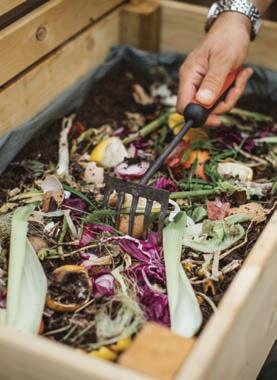
few months to a year to get finished compost. Be patient and remember that the amazingly rich end product is worth the wait.
Composting is a simple yet powerful way to reduce waste, enrich your soil and contribute to a healthier planet. By understanding the basics, choosing the right method and following a few tips and tricks, you can turn your organic waste into valuable compost that benefits your garden and the environment. ✦


ired Up Electrical is renowned for our commitment to the highest level of quality workmanship. We put our customers first — making sure you have a successful project and a positive experience. The best compliment we can receive is a referral, which we consider our measure of success.
• LICENSED AND INSURED: We hold all the necessary licenses and insurance to operate and provide electrical services in Virginia.
• EXPERT ELECTRICIANS: Our team consists of qualityminded electricians who continually update their knowledge through training, staying current with the latest code changes and industry technology. We have three licensed Master Electricians on our team.
• PUNCTUAL AND RESPECTFUL: We arrive on time and respect your home, ensuring we clean up after completing our work.
• COMMUNITY SUPPORT: We believe in building and supporting our community, actively participating in initiatives that contribute to its growth.
“The folks at Wired Up, especially the owner, Ronnie, and their Master Electrician, Dalton are simply the very best in every way…professional, friendly, prompt, ethical, simply outstanding!!!!!”
-Pres E.

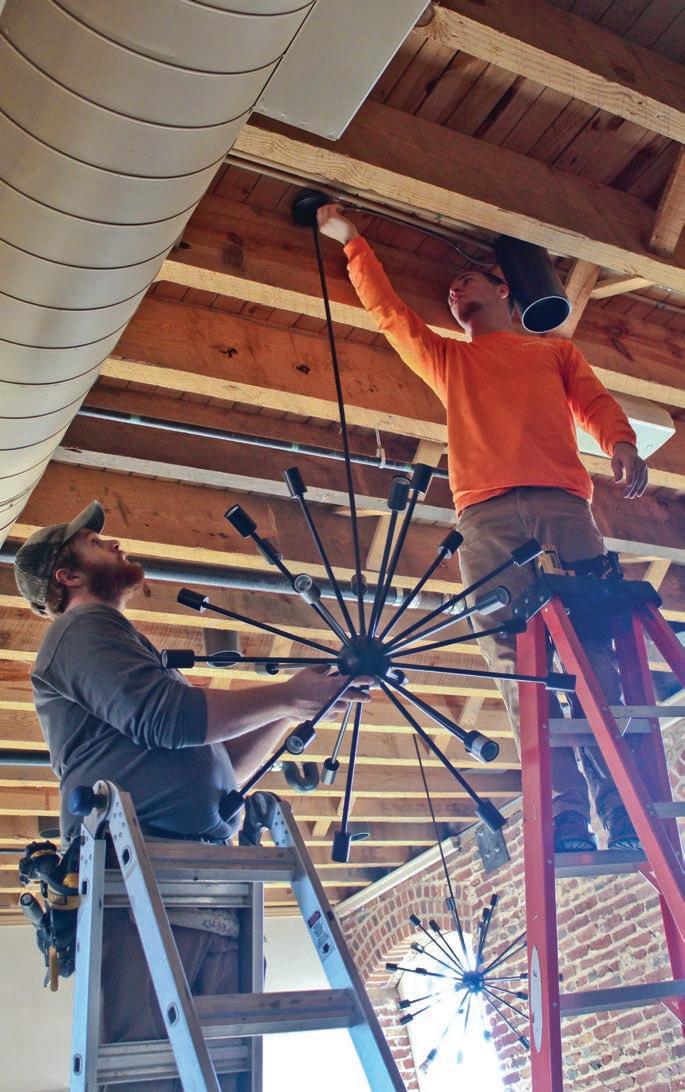
• We have offered residential, commercial and industrial electrical services throughout Central Virginia since 2011. Service areas include Lynchburg, Forest, Bedford, Appomattox, Amherst, Evington, Moneta and Smith Mountain Lake.
• Founded by Ronnie and Misty Hook, Wired Up Electrical is a local, familyowned business that values hard work and family principles.
• With more than 20 years of local experience, Wired Up Electrical delivers quality services, convenient appointment times and honest electricians.

“Great work, very reliable, I use Wired Up very often as a general contractor and I always know I can count on them.”
-Charlie O.


• New Construction, Remodeling/Additions
• Troubleshooting & Repair
• Service Upgrades
• Installation/Restoration of Electrical Services in Old Homes
• Knob & Tube Wiring
• New Fixture Installation
• Outdoor: Landscape Lighting-Pools-Hot Tubs-Kitchens
• Electrical Connections for HVAC Units, Well & Septic
• Stand-By Generator (Auto & Manual) Purchase/Installation/ Hook-Up
• Authorized GENERAC Dealer
• Electric Vehicle Charging Stations
COMMERCIAL & INDUSTRIAL
• New Construction, Remodeling/Additions
• Troubleshooting & Repair
• Safety Inspections
• Tenant Repairs/ Improvements
• Dedicated Circuits
• Lighting Upgrades/ Retrofits
• Lighting Lamp and Ballast Repair
• Phone/Data Wiring
• Panel Labeling and Inspections
• Site and Parking Lot Lighting
• Energy Efficient Solutions
• Generator Wiring/ Hook-Up
• Exit/Emergency Lighting
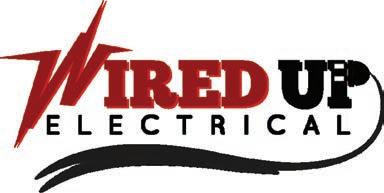

Smart technology in the home is what you make of it
BY PAULA PETERS CHAMBERS



What if you could keep watching the football game and turn off the oven at the same time? Or switch on all your holiday lights, indoors and out, with a single press of a button? Or open the door for weekend guests who have arrived while you’re still running last-minute errands? Here’s the good news: You can! Thanks to the internet and advances in technology, if you have a smartphone, you can live in a home filled with “smart” possibilities that can make your life easier and more enjoyable. But before you jump in, here are some realities to consider.


The kitchen is the heart of the home, where hours are spent preparing and serving family meals. Many newer kitchen appliances – wall ovens, ranges, refrigerators, dishwashers, microwaves and ice makers – have built in Wi-Fi capabilities.
“You just use an app downloaded to your phone,” says Carl Ramsberger, president and CEO of Appliance Studio in Roanoke. “You register the appliance and then can coordinate everything through your phone. And you can get alerts [when something is amiss].”



Delayed start time has been an available feature on ovens for years. Now, you can turn on your electric oven when you’re heading home from work or errands. (Remote start isn’t available on gas ovens.)
“People love the idea that the oven can be preheated [remotely], but you have to set that up before you leave in the morning,” Ramsberger says.




If you’re at home, however, you can take full advantage of smart options. With a Wi-Ficonnected oven or grill, from your couch you can change the temperature or let a probe tell you if a dish is fully cooked. A smart refrigerator sends alerts when the door is open; some Sub-Zero models even offer a night mode that automatically dims the interior light when the door is opened to a darkened room. Certain dishwashers can be connected to an Amazon account, which prompts automatic ordering and delivery of detergent and rinse aids.
Smart technology can control much more than kitchen appliances. Smart thermostats allow you to turn on the air conditioning in a vacation home as you drive there or verify you’ve turned it off after you’ve left. They can also let you override a guest’s setting.
Window drapes and shades can be controlled remotely, so normal household routines can be mimicked even when the house is empty. The same goes for lighting: smart plugs don’t require any changes to the home’s electrical system, because they go into existing outlets, but they do require dimmable light fixtures. Outside lighting can be set to turn on automatically or on demand.
Congratulations to The Hoskins Group for being named to the Forbes “Best-in-State Wealth Management Teams” 2024 list, published on January 9, 2024. Rankings based on data as of March 31, 2023.

The Hoskins Group
Merrill Lynch Wealth Management 1705 Enterprise Drive Lynchburg, VA 24502
434.485.8285 fa.ml.com/the_hoskins_group
2024 Forbes “Best-in-State Wealth Management Teams” list. Opinions provided by SHOOK® Research, LLC and is based on in-person, virtual and telephone due-diligence meetings and a ranking algorithm that measure best practices, client retention, industry experience, credentials, compliance records, firm nominations, assets under management and Firm-generated revenue (investment performance is not a criterion because client objectives and risk tolerance vary). SHOOK’s rankings are available for client evaluation only, are not indicative of future performance and do not represent any one client’s experience and available for investor help in evaluating the right financial advisor and not an endorsement of the advisor. Compensation was not received from anyone for the rankings study. Past performance does not guarantee future results. Details available at the SHOOK Research website. SHOOK is a registered trademark of SHOOK Research, LLC. Merrill Lynch, Pierce, Fenner & Smith Incorporated (MLPF&S) is a registered broker-dealer, registered investment adviser, and Member SIPC. Bank of America, N.A., Member FDIC and MLPF&S are wholly owned subsidiaries of Bank of America Corporation. © 2024 Bank of America Corporation. All rights reserved.
|
|
| 02/2024



And you don’t have to have a new home. During a renovation of his 1978 house, Chris Burriss, project manager for L.G. Flint General Contractors in Lynchburg, expanded Wi-Fi and added a security system with door and motion sensors, and exterior deadbolts. But he warns against hard-wiring everything, because technology changes.
“There are a ton of houses built in the early 2000s with wired systems: music, speakers, security,” he says. “Now those aren’t used. We always look at what to preinstall and what not to.”
Homeowners should also consider what systems are most useful for how they live. “I have appliances where I can log in with my phone, but have I ever used that?” Burriss says. “When I want to bake something, I walk over to the oven and turn it on.”
Whether you care about smart technology or not, it’s here. “Even if you have knobs [on an appliance], there’s a control board behind it,” Ramsberger says. “If [your service technician] doesn’t have a computer that works on that particular manufacturer’s products, you’re out of luck.”
One upside of advanced devices is that a repair can begin even before the homeowner knows one is needed.
“[The customer’s] refrigerator will email me, I can go in remotely to diagnose [the problem] or get a good idea,” Ramsberger says. “Then I call the customer to let them know they need a new part or a visit. That’s handy.”
But humans are still necessary. Ramsberger says fault codes, which are supposed to identify the problem for a technician, are more often wrong than correct. “You’re relying on something that’s broken to tell you what’s broken,” he notes.

And if you want to use remote access, an encrypted Wi-Fi system or personal server is essential. “To have a smartcapable home, you have to start with a home network that will deliver all those features,” L.G. Flint’s Burriss says, adding that an in-home server can be as small as a brick. “If there’s a Wi-Fi-compatible deadbolt on the garage door and coverage isn’t strong in the garage, that lock can be useless.”
Criminals who access home systems can unlock doors, open garages and even discern whether people are home. “If a refrigerator hasn’t been opened or closed for a few days, they assume nobody’s home,” Ramsberger says.
Burriss notes that some insurance companies are beginning to require monitored home security systems. “As homes increase in value, [the current homeowner] might get snapped with an expensive new policy or the cost goes up with a change in ownership,” he says.



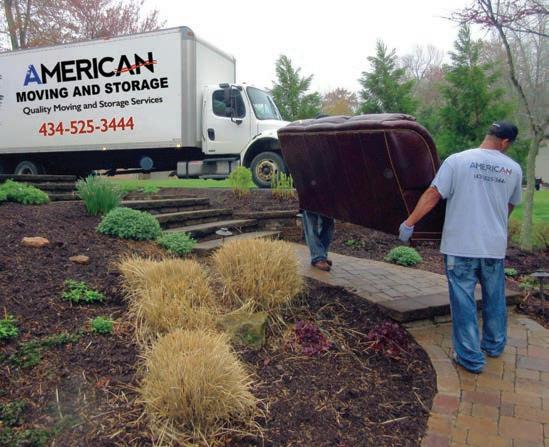


Homeowner Randy Dunn, whose move from Bedford County to Altavista brought him fast internet, admits he’s the person in the family most excited about smart technology.
“It’s possible I went a little nuts,” he says, pointing to the smart devices in the home: video doorbell, thermostat, smoke alarms, door locks, rear security camera, and even a ceiling fan. “That was for my son’s room,” Dunn says. “It amused him slightly, then that was the end of that.”
The thermostat and locks are the most practical items, Dunn says, but he also enjoys the lighting system, which is connected to a voice-activated assistant. “This is where I won [my wife] over completely,” he says. “She loves holiday lights, and she could spend 30 minutes every day plugging them in. Now, we can say, ‘Hey, Siri, good morning Christmas’ and ‘good night Christmas,’ and the entire house can respond.



“Some may think that’s way overboard, but for me it’s saving time, making life more efficient, so I can do other things,” he says.
True efficiency comes when all devices can be managed from one platform, even if they’re different brands. Matter, a relatively new networking protocol, is offering such an option, as it can “speak” to devices from different manufacturers and also connect to smartphones operated by different companies.
Ultimately, Dunn says, homeowners get to decide what makes sense for them. “You always want to ask the question: Is this something that will be worthwhile for us?” ✦
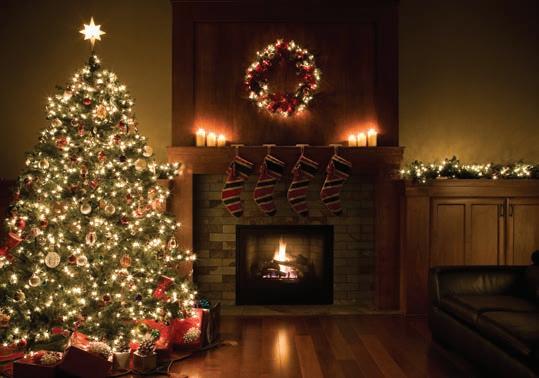


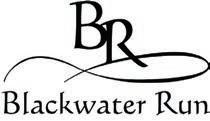

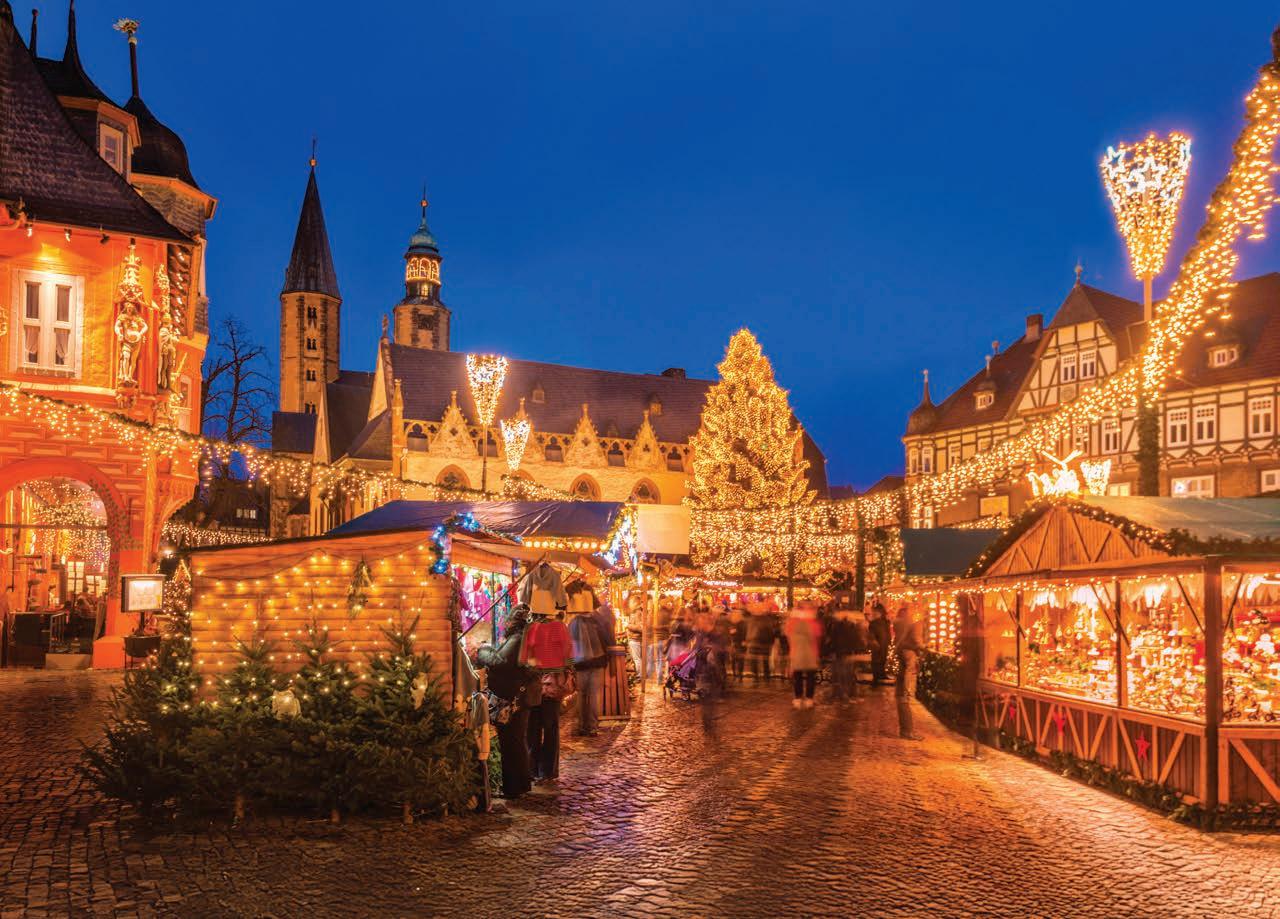
BY KATHERINE FULGHUM KNOPF
Winter holidays, born from history and tradition, encourage celebrations and gifts. Many festivities filter from country to country as travelers desire to create similar merriments at home. German Christmas Markets are one of the oldest of these traditions. Although the marketplaces in Germany are the most famous, many cities in Europe and the United States host Christmas Markets so local shopkeepers, artisans and performers have a venue to share their gifts.




Medieval roots
Christmas bazaars originated with a practical purpose: most people lived in the country far from town. Churches and cathedrals were located in the heart of the town and held their ceremonies on feast days leading up to winter. It was natural for people to visit town before the religious services so they could stock up on food and supplies to sustain them through long winter months. Gradually, these market days evolved into festivals.
Medieval towns used fires to illuminate and add sparkle to drab city streets. They built wooden huts in the city center to house vendors that sold pastries, rolls and hot mulled wines. Stages were built to promote live nativity scenes and offer a place for thespians to present historical theater, puppet shows and poetry readings. Artisans sold paintings and carved wooden Christmas figures. Giant fir trees were erected for the crowning of the Christmas angel.



Modern-day additions
European cities fabricated these Medieval bazaars then added their own flairs to these celebrations that start in late November and carry on through Epiphany (January 6). It is a tradition that signals the start of the winter holidays and encourages outdoor festivities for locals, travelers and visitors. Today these fairs bring out all ages for ice skating, caroling, Ferris wheel rides and sparkling fairy lights that make old city alleys look magical. Shopping for gifts, holiday meals and supplies becomes an outing.

The saints and feasts
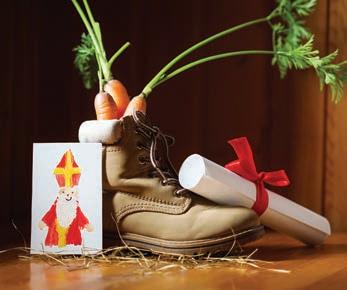
St. Nicholas Day or the Feast of Saint Nicholas is observed in European countries in various customs. In Germany and Poland, boys dress as bishops and beg alms for the poor. In Poland and Ukraine, children wait for St. Nicholas to put a present under their pillow if they are good. Misbehaving children receive twigs or coal. In Belgium and the Netherlands, children place a shoe filled with hay and carrots for St. Nicholas’ horse in hopes he will stop by and trade it for a gift. The British Father Christmas and U.S. Santa Claus derive many of their traditions from St. Nicholas’ legacy, as does the Norwegian Santa, called Nisse.
Christmas is magical in Norway; many farms and charming waterside towns provide the setting for a winter wonderland. The mountains’ snowy terrain creates the perfect scenery for their holiday legends. The Nisse expands a surprise twist to the traditional St. Nick role. A guardian for farms and their livestock, the Nisse is also a prankster if the children don’t keep him happy with good behavior. Instead of gifts, the Nisse may play a practical joke on them. The Nisse, dressed in Santa Claus garb, arrives on Christmas Eve to hand out gifts to the family.
St. Lucia Day (Dec. 13) plays a central role in Christmas celebrations for Nordic countries; it signifies the start of the Christmas holidays for Norway and Sweden. Saint Lucia was an early Christian martyr and is a woman deeply admired in Scandinavia. Legend tells of St. Lucia wearing candles on her head so she could see her way as she walked, her hands free to hand out provisions to the poor. To honor St. Lucia, children dress in all white cotton outfits and wear crowns of lit candles on their heads. They parade the streets and halls of office buildings, handing out St. Lucia buns and singing traditional songs. These delicious saffron buns studded with raisins are a pastry anticipated all year. (Recipe on page 56.)
Night walks with a heavy step
Round yard and hearth
As sun departs from earth
Shadows are brooding
There in our dark house
Walking with lit candles
Santa Lucia! Santa Lucia!
Black night is falling in stalls and homes
The sun has gone away; the shadows are threatening
Into our dark house enters with lit candles
Santa Lucia! Santa Lucia!





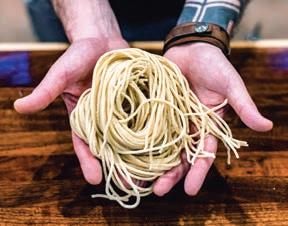

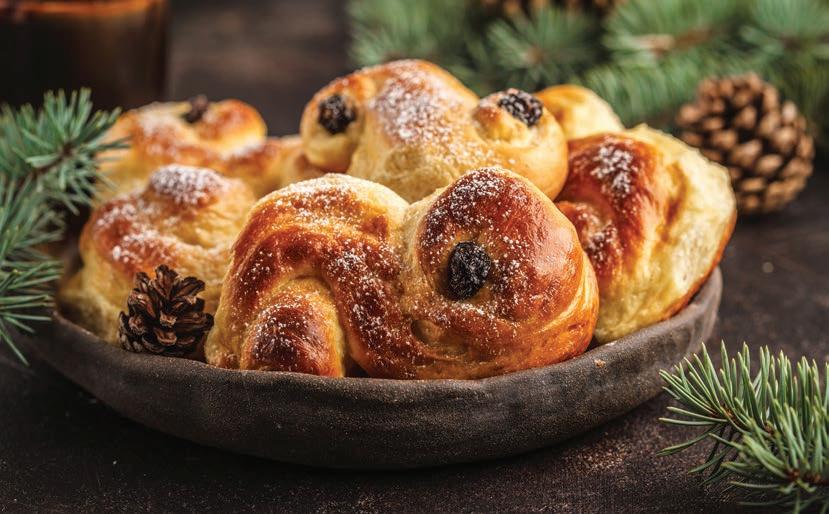
St. Lucia Buns
¾ cup milk
1/2 teaspoon saffron threads
1 teaspoon white sugar plus 1/4 cup
1 (1/4-ounce) packet active dry yeast
3 1/2 cups all-purpose flour
1/2 teaspoon Kosher salt
Seeds from 3 cardamom pods, ground
1/4 cup unsalted butter, softened
1/4 cup sour cream
2 large eggs
1 egg, beaten for egg wash
Raisins
In a small pot, heat the milk, saffron and 1 teaspoon of sugar together until the milk is steamy. Remove from heat, and stir to dissolve the sugar. Let cool until about 115 degrees, or warm to the touch, but not hot. Sprinkle the yeast over the warm saffron-infused milk, and let sit for 5 to 10 minutes until foamy.
In the bowl of a stand-up mixer,* whisk together flour, the remaining 1/4 cup of sugar, salt and ground cardamom. (*You can make this recipe without a mixer, it’s just a bit easier with one.) Make a well in the center of the flour, and add the yeast-milk-saffron mixture. Add butter, sour cream and eggs. Mix the ingredients until well incorporated.
Switch to the dough hook of your mixer, and knead on low speed. (Or knead by hand.) Slowly add additional flour, a Tablespoon at a time, kneading to incorporate after each addition. Do this until the dough is still a little sticky to the touch but does not completely stick to your hands when you handle it.
Shape the dough into a ball and place in a large bowl. Cover with plastic wrap. (Note: At this point, you can make ahead and refrigerate overnight if you wish.)
Let sit in a warm place for 1 to 2 hours, until the dough has doubled in size. (One way to tell that the dough is ready is that you poke your finger in it, and it takes quite a bit of time for the indentation left by your finger to go away.)
When the dough has doubled in size, gently press it down, and knead it a couple of times. Break off a piece, and form it into a ball about 2 inches wide. Roll the ball out into a snake, about 14 inches long. Then curl the ends in opposite directions, forming an “S” with spirals at each end. Place on a lined baking sheet, and repeat with the rest of the dough.
Cover with plastic wrap, and place in a warm spot until the dough shapes double in size, 30 minutes to an hour. Preheat oven to 400 degrees.
Brush the tops and sides of the uncooked buns with the egg wash using a pastry brush. Place raisins in the centers of the “S” spirals.
Place in the oven, and bake for about 10 to 11 minutes (turning halfway through cooking to ensure even browning), until the buns are golden brown. Remove from oven, and let cool for 5 minutes before eating.
Recipe from Simply Recipes: www.simplyrecipes.com

Books make the best gifts In Scandinavia and Iceland, gift giving begins on Christmas Eve. Iceland’s tradition of Jólabókaflóð (translated as the book avalanche) embraces their annual release of new books. Jólabókaflóð occurs in the months leading up to December. These Nordic countries spend Christmas day feasting with family and reading the new books they received for Christmas. Traditions are the stories, songs and foods that shape our heritage. Learning the customs of other countries connects our world. It makes it smaller and more interesting. The quiet days of winter afford time for studying other countries’ rituals and trying their pastimes. Try making St. Lucia buns or visiting a Christmas Market during these wintry days. Remember to sing as you bake. ✦
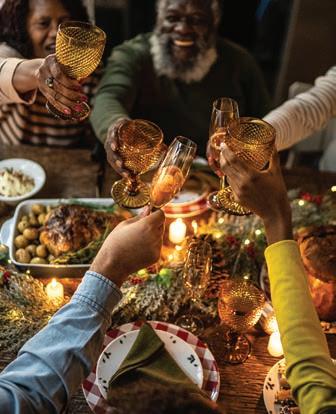

Do


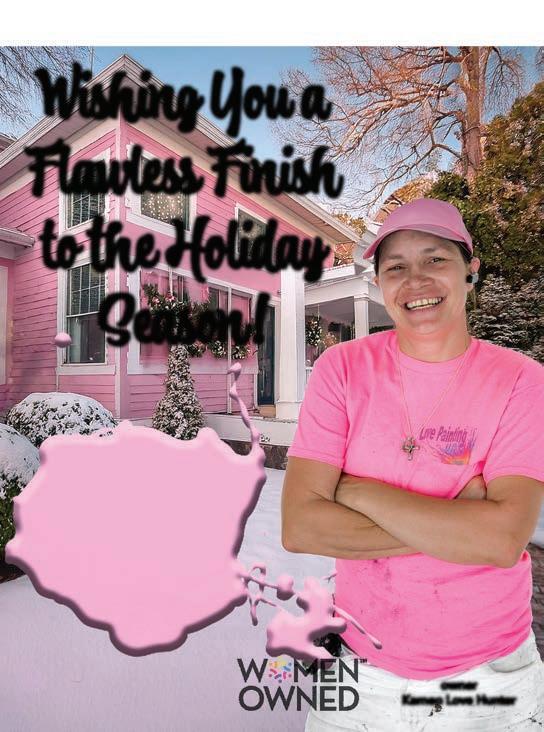






Protect your patio, sidewalk, deck & porch this winter season
BY ASHLEY BLAIR SMITH
Virginia winter weather can really pack a punch for your home’s outdoor living areas. Before you know it, your beautiful porch, deck and walkways can start to lose their radiance and may begin to show signs of erosion due to snow and ice.
The best way to avoid these issues is to take the time to properly care for and winterize your outdoor spaces before the frigid temperatures set in for the season. Here are several ways to ensure your stone and wood surfaces are ready to face the winter ahead.
We’re a Lynchburg marketing agency focused on everything retail. We’ll make sure your products are online and ready to sell. And you can get back to the parts of your business that you love.


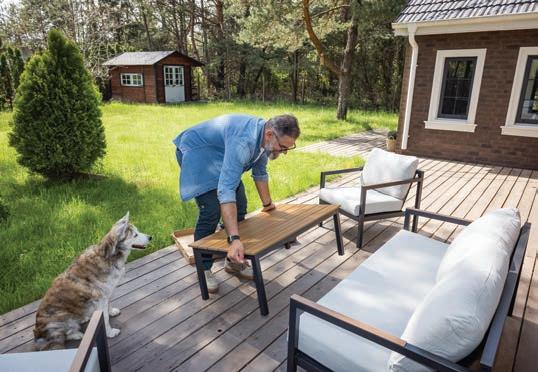
For starters, it’s important to do a thorough inspection of your outdoor hard surfaces. Remove all outdoor furniture, pots and planters from your deck, porch or walkways so you have an unobstructed view of the space. Look for any signs of wood rot, broken stones, mold, mildew or loose nails and screws. Store all furnishings and planters away for the winter season, as these things provide places for mold and mildew to grow where dampness accumulates.
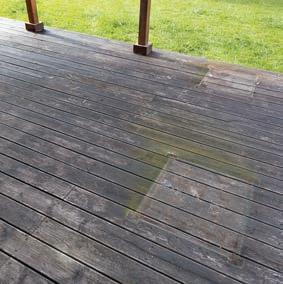
If you come across any damage that is a quick and easy fix, now is the time to do so. This will help with upkeep and make winterizing your outdoor spaces less of a hassle.
One area to check is your drainage. According to Southern Landscape Group President Mark Maslow, it is vital to make sure you have proper drainage that flows off and away from outdoor features.
“Make sure your yard drains, surface drains and gutter downspout lines are free and clear, so water does not puddle up,” Maslow said. “Excessive water puddling mixed with subfreezing temps are not good for your surfaces and over time may cause damage to them.”
After you have attended to any minor damage on your outdoor hard surfaces and addressed things such as drainage, it’s time to do a clean sweep of these areas as well.

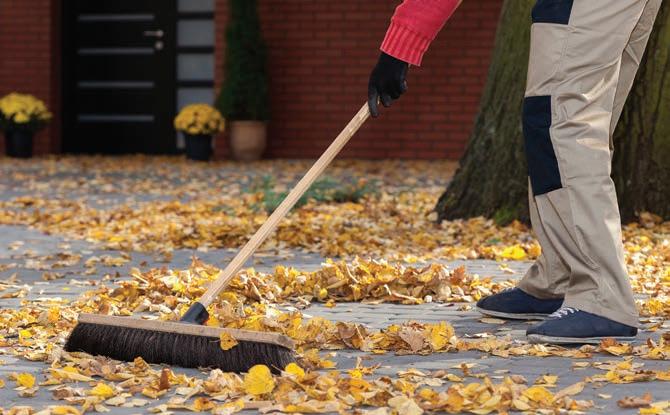
It’s important to clean up any debris lingering on your walkway, porch or deck. If left alone, debris will break down into organic matter that can then rest in the cracks, crevices and spaces between stones, causing issues such as weeds. “By keeping your patio/walkways free of this debris, you naturally prevent weeds from growing,” Maslow said.
You can use an outdoor specific broom or leaf blower once a week to whisk away any leaves, branches or dirt that may have accumulated in corners and under deck furniture.

One reason natural stone is so popular is because maintenance is minimal to none, says Maslow. “Typically, natural stone surfaces like bluestone, sandstone and limestone do not need any maintenance other than light pressure washing periodically,” Maslow said. If you do elect to pressure wash, just do so without using too much pressure, as this can cause damage to stone and wood.
Once you’ve gotten the maintenance and cleaning side of things taken care of, you can shift your focus to winterizing your space to make sure things are good to go in case of snow, rain and ice.


Before you begin sealing, it’s important to know the proper care techniques for different outdoor materials, such as stone, concrete and wood.
Sealing stones for the harsh winter weather isn’t usually necessary, unless they are used in a mortared application. “The sealer helps protect the mortared (often called grouted) joints from failing prematurely,” Maslow said. “Heavy freeze/ thaw actions and standing water will cause more problems if the stone is not properly protected.”
When it comes to wooden decks, Maslow says it’s great to seal them with a high-quality proven sealer such as Sikkens. Maslow notes that when sealing your wooden deck, it’s important to clean it well and let it dry completely first. “This allows the wood to soak up the sealer properly,” Maslow said.



When the frigid temperatures pose the possibility of winter precipitation, it can be tempting to reach for salts. But rock salts can actually be extremely damaging and corrosive to your outdoor stone and wood surfaces.
Maslow strongly discourages the use of rock salt on any other hard surface besides asphalt. Instead, he recommends using a calcium or magnesium chloride de-icing product, which is safer for hard surfaces. And whenever possible, Maslow encourages letting Mother Nature do her thing to melt the ice and snow naturally.
When clearing your hardscape surfaces, it’s important to use a plastic shovel so as not to damage your walkway and deck. Using a metal shovel poses the risk of scaring your stone and splintering your wood.
But with the proper care and upkeep of your hardscape surfaces, you can stay one step ahead of the snow and ice this winter season. With a bit of time and effort your outdoor surfaces will be winterized and prepared for the harsh weather ahead! ✦
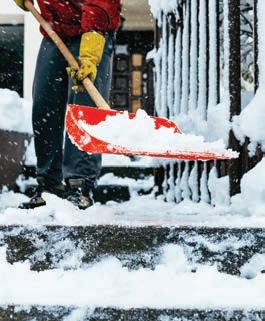







BY CARTER HEALD BENDALL |
Wby Michael Patch
hen your home dates back to 1813 and is included in the National Register of Historic Places, history plays a large role in your life. In 2020 when Holly and Turner Perrow moved into this home, Turner’s childhood abode, they understood the importance of honoring the past while looking to the future. During the holiday season, their long-held family traditions are honored while making new memories.

Take in the view
Galt’s Mill, the Perrows’ home and adjacent land, is located in southeast Amherst County, where Beck Creek flows into the James River. The home sits above what was once one of Amherst County’s oldest masonry mills, in operation from 1813 to 1956. The house faces east overlooking the James River. Numerous other historic buildings dot the landscape, including the old post office and general store, where Turner’s great-grandfather was the postmaster. The oldest part of their house (the current living room) dates to 1813.


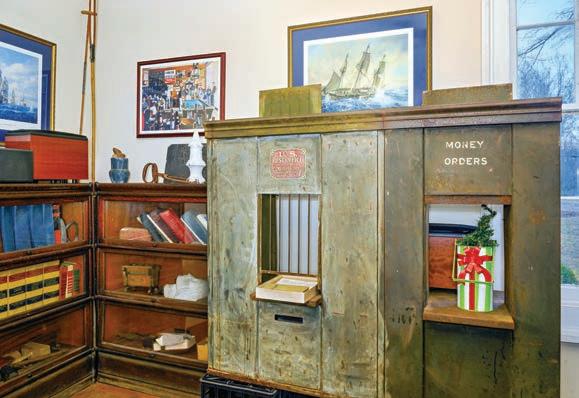


The painted pine siding home features four Doric columns along the front of the house that support a standing-seam gabled metal roof. The entry porch has brick steps and two benches facing each other that provide a space to sit and take in the views. Upon entering the front door, a grand central staircase carries the eyes up to the second-story landing. Turner loves the tradition of draping the handrail in greens each Christmas and seeing the children sitting at the top of the steps, waiting to see what Santa might bring. The main rooms of the home flow off this central hallway.




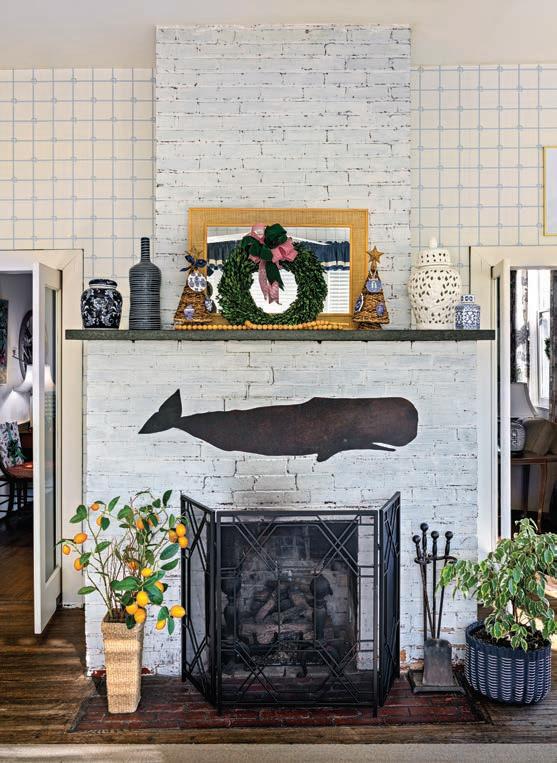
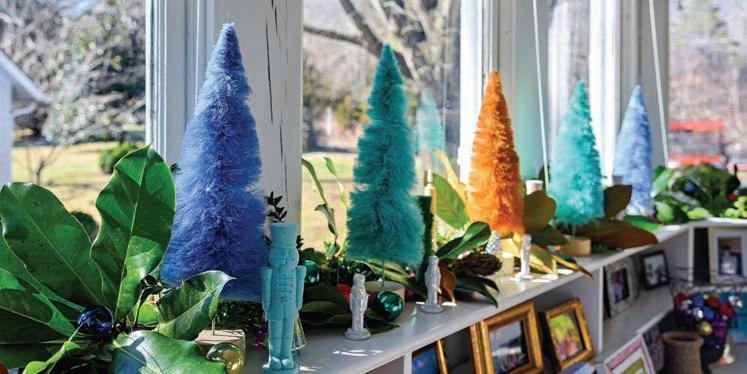


The living room, the original and oldest part of the home, centers around a double-sided fireplace. A brightly colored oil painting sits above the fireplace mantle. Playing off the bright colors in the artwork, a pine garland is accessorized with primary colored Christmas ornaments and gold-beaded garland. Two occasional chairs face a khaki-colored sofa that has pillows with the same pops of color as the painting. A Stella working music box, purchased by Turner’s great-grandfather, Edgar James Turner, sits next to the sofa. Turner says his grandmother, artist Epps Turner Perrow, would put on shows for the family as a child using the music box, a precursor to the phonograph, as her musical background.
A sunroom resides on the other side of the double-sided fireplace. This room was part of the third addition to the house and was originally used as a schoolroom. The lightfilled space has bookshelves lining the area under every window. Magnolia leaves, found on the property, cover the top of the bookshelves during the holidays. The brightly colored ornaments from the living room transition into this room as well, making the rooms feel connected. A white sofa, piped in blue, faces the fireplace with two matching spindle chairs, covered in corresponding blue fabric, on either side of it. Blue and white pottery vases rest on the mantle, spreading the blue all around the room.

The dining room dwells on the other side of the main hallway. It was part of the first addition of the house. A silver service sits on top of an antique mahogany sideboard with a portrait of Turner’s maternal grandmother Florence Bailey Adams hanging above it. Modern white ceramic lamps on top of the sideboard bring an element of modernity to the space while the crystal chandelier hanging above the double pedestal dining room table refers to the past. A Moser corner cabinet stores fine china and stemware. An oriental rug brings depth and pattern to the room. The walls are covered with artwork by Epps Perrow.
The Perrows have hosted two Christmas Day meals for the family since moving into the house. The dining room table has blooming paperwhite bulbs with silver reindeer figurines as its centerpiece. Holly stacks Spode “Christmas Tree” plates on top of gold chargers and uses red festive cloth napkins. On the back of each dining room chair hangs a preserved boxwood wreath with red plaid ribbon.




The original kitchen (now a study) and breakfast room flow off the dining room. The breakfast room’s original cabinetry has been preserved and turned into a bar, complete with a sink and white/ gray quartzite countertops. Two barrel-back chairs overlook the bar and provide a space to enjoy a drink and look outside at the beautiful views. A modern gold table sits between the chairs, decorated with paperwhite bulbs and an ornament wreath hanging above it.
The bar connects to the study, the original kitchen. Painted a moody gray, the built-in bookshelves store family photos and items of interest. Turner’s saber from Virginia Military Institute, which was also his maternal grandfather’s, is among these items, as well as his maternal grandmother’s golf clubs. The family laughs that she was one of a very few women to play Augusta in the 1920s. Additionally, a banjo signed by Doc Watson resides here. It was Turner’s maternal greatgrandfather’s, and he has carried on the tradition of playing the instrument himself.


Wood paneling on the walls and ceiling is found in the room across the hallway from the study. The family has always called this the game room, and it is truly where the family hangs out together. A fireplace serves as the focal point of the room with a brown leather sofa and four khaki-colored geometric print swivel chairs providing the seating. The family stockings hang from this mantle each year with greenery placed on the top. A piano that was passed down with the house lives in the back section of the room, along with a portrait of Edgar James Turner. More of Epps Perrow’s brightly colored artwork, which she never sold in public, as well as artwork by her friend Jimmie Kyle hang on the walls.
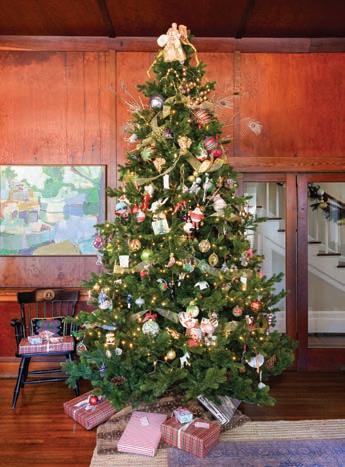
The big Christmas tree brightens the game room. Holly inherited most of the ornaments from her mother. Each year she tries to add new ornaments based on what the children were interested in that year. She also tries to buy an ornament when they travel somewhere new. One will notice a theme of angels and gold as well. Holly’s mom collected angels, as Holly does now. She also attributes her gold theme to her mom: “One year my mom was infatuated with gold and spray-painted everything for the tree gold. Nothing could stop her. She even spray-painted her shoes.” The memory makes Holly smile, and the gold tradition continues.

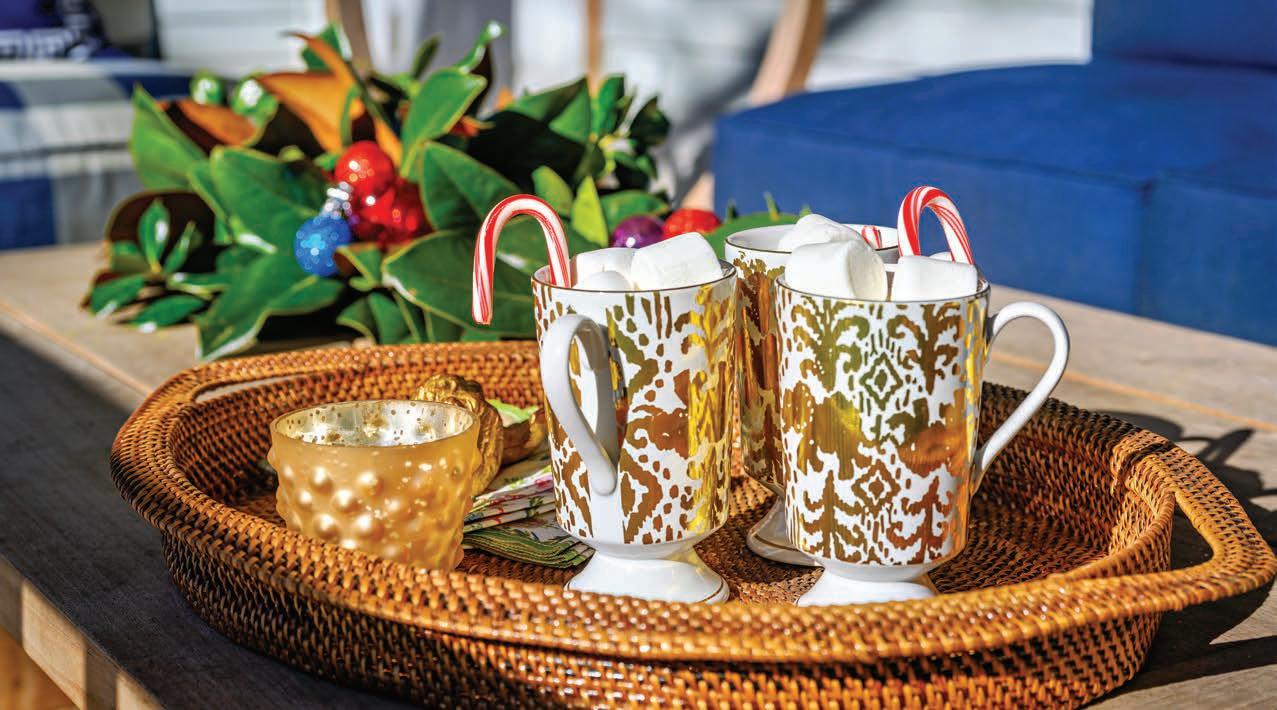

Admire the amenities
The kitchen, a new addition to the house created from a porch, can be accessed from the game room. The bright space is filled with windows and white Shaker cabinets that bounce the sunlight around the room. The appliances are clad with cabinetry panels, so they blend in with the rest of the kitchen. A large central island with white quartzite countertops centers the room, with space for their three children to sit. On the wall behind the island hangs an Epps Perrow painting featuring Galt’s Mill, the store and outbuildings. It provides some darker tones that give weight to the room. The hardwood floors were matched to the rest of the house.
The family tries to eat as many meals together as they can in the small nook that flows out of the kitchen. The long rectangular table was made using wood from planks found in the attic and the old kitchen table used by Turner’s grandparents. A sisal rug lies underneath the table and a black metal light fixture hangs above it. The neutral tones draw the eye to the lush landscape outside the windows.
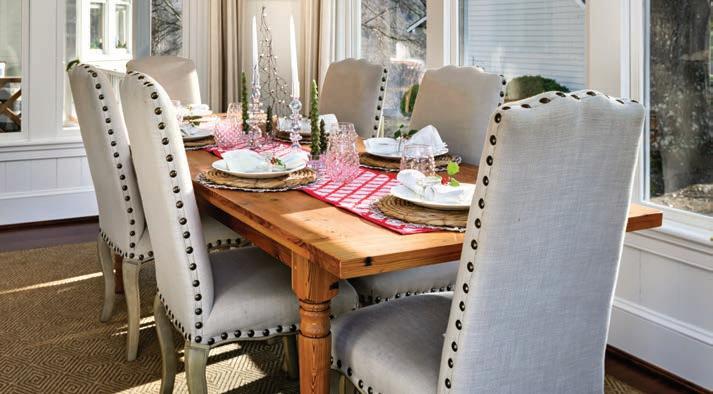





Before moving in, the Perrows also updated some aspects of the upstairs. They renovated the bathrooms and the main bedroom. The main bedroom was reworked to allow for additional closets — something lacking in a house of this age. In this room, a blue and tan oriental rug serves as the main source for color. Two khaki-colored club chairs sit at the base of the bed and face the original fireplace. Blue-and-white lamps, as well as a blue coverlet on the bed, tie the color theme together. The walls feature artwork of the Virgin Islands, a favorite travel destination for the family.
The Perrows also gutted the main bathroom and started over. They added a walk-in shower and stand-alone tub, all
done in tones of white and gray. The tub is flanked by two separate vanities. White marble lies on top of the vanities with hardwood floors underneath. The whole space is classic, calm and serene.
When Holly and Turner Perrow returned to the house that Turner grew up in, they both knew that some things about the house were going to have to change, but other things needed to remain the same. They made a conscious effort to hold tight to the aspects that honor the past. At the same time they push toward modernity, paving a golden path forward … just hopefully not spray-painting their shoes along the way. ✦
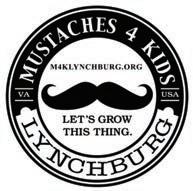

Since 2014, local men have been growing cheesy mustaches each November in order to better support the nonprofits serving children in Central Virginia. Now entering its 11th year, Mustaches 4 Kids (M4K) has raised more than $2.6 million dollars. HOME Editor Donna Dunn asked two M4K partners to talk about what this fundraising effort means to their organizations: Stacy Garrett of the Miller Home of Lynchburg, which provides care and guidance for girls unable to live with their families, and Kelli Diaz of CASA, courtappointed special advocates who serve our community's most vulnerable children.
Donna: How has M4K support benefited your nonprofit and the children you serve?
Stacy: Miller Home has been in Lynchburg since 1875 and does not accept state or federal money, so the support that M4K provides is truly Changing Lives … One Girl at a Time. The support helps Miller Home provide short- or long-term care and guidance to girls who need our services and a supportive environment, which encourages each girl to grow and develop to her highest potential.


Kelli: It’s a huge benefit for CASA. It’s a substantial amount of money, and we use it to recruit and support more volunteers to serve more children. It can be difficult to recruit volunteers because of the time commitment and the heavy things involved in the advocate role. We’ve used the money to do things with recruitment we couldn’t do before like billboards, radio ads and other advertisements. Additionally, M4K raises awareness of CASA. Recruiting men as volunteers has been another advantage of being part of Mustaches 4 Kids.
Donna: Besides receiving funds, how is your children’s nonprofit involved in M4K?
Kelli: We love to partner with them! We get as many people as we can to be part of the growing month, as well as supporters and donors. We share a lot on social media, and we attend every check-in. We also attend the Stashe Bash and dress up — one year I dressed as Hulk Hogan. We really try to embrace it and the fun parts of it.
Stacy: Miller Home has many Board members and donors that become “Growers” for M4K. David Garrett, my husband, has won the Costume Contest for the past three years, at the Stache Bash. Board members and staff members attend the weekly check-ins to encourage everyone to grow. Miller Home uses social media to post reminders to our community to support M4K, all month long.
Donna: Would you encourage others to get involved?
Kelli: Yes, get involved in some way — whether you can grow or support! Another way is if you own a business and are willing to sponsor or have a give back day that supports M4K. We’re so grateful because it’s such a unique way to be able to help children who cannot do a thing to change their circumstances. Being able to provide them with a CASA volunteer changes the whole trajectory of their future, and we are so thankful that this community cares about that. Bringing awareness of CASA through M4K and serving more children who have suffered abuse or neglect is what our mission is all about
Stacy: M4K benefits so many children in our community not only in November but all through the year. M4K truly stands for improving the quality of life for children by making it fun for men in our area and the charities that are lucky enough to be involved. Let’s keep it “growing” year after year!
WANT TO BE A GROWER OR DONOR? Visit M4Klynchburg.org.
Listen to 105.9 WLNI for M4K updates and “match days” for your donation to go even further!


M4K is partnering with several local businesses in November and December.
Thursday, November 7
Thursday, November 14
Thursday, November 21 Thursday, December 5
These businesses will give a portion of their sales directly to M4K! Please visit our website, M4KLynchburg.org or our social media channels for a complete list of participating businesses.

M4K Charities:
• Boys & Girls Club of Greater Lynchburg
• CASA of Central Virginia
• Big Brothers Big Sisters of Central Virginia
• Jubilee Family Development Center
• Miller Home of Lynchburg
• Park View Community Mission
• Miriam’s House
• Beacon of Hope
• IRON Lives
• Central Virginia United Soccer
• New Vistas School
• Downtown Lynchburg Association
• FCA
• Virginia Institute of Autism
• One Community One Voice
• Lynchburg Imagination Library
• Kids Haven
• The Police Foundation
• Friends of the Lynchburg Public Library
• FIVE18 Family Services
• Mary Bethune Academy
• Isaiah 117 House
• FAIT Foundation
• Camp Kum-Ba-Yah Nature Center
• Lynchburg Grows
• Challenge Sports Exchange
• Elizabeth’s Early Learning Center
• Neighbors Helping Neighbors Amherst
• UMFS Lynchburg
• Urban Mountain Adventures
• Vector Space
• Interfaith Outreach Association
• GREAT Program24th District Court Service Unit
How did M4K get started?
M4K Founder Chris Boswell: Lanny and I had a friend who ran the Richmond M4K. When I called Lanny about doing M4K here, he instantly said “yes.” The first year was just a few guys, but we raised $34,000 — and it kept growing, even through COVID!
How does it work?
M4K Founder Lanny Duncan: To be a grower, pre-register at m4klynchburg.org and finalize your registration on November 6th at our kickoff event. Anyone can be a part of the fun by donating to a grower or coming to one of our Giveback Days. Come on the day of a Giveback event, and the business will give a portion of the day’s sales directly to M4K.
M4Klynchburg.org
M4KLynchburg
M4KLynchburg
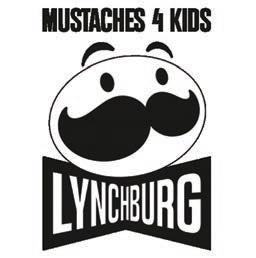
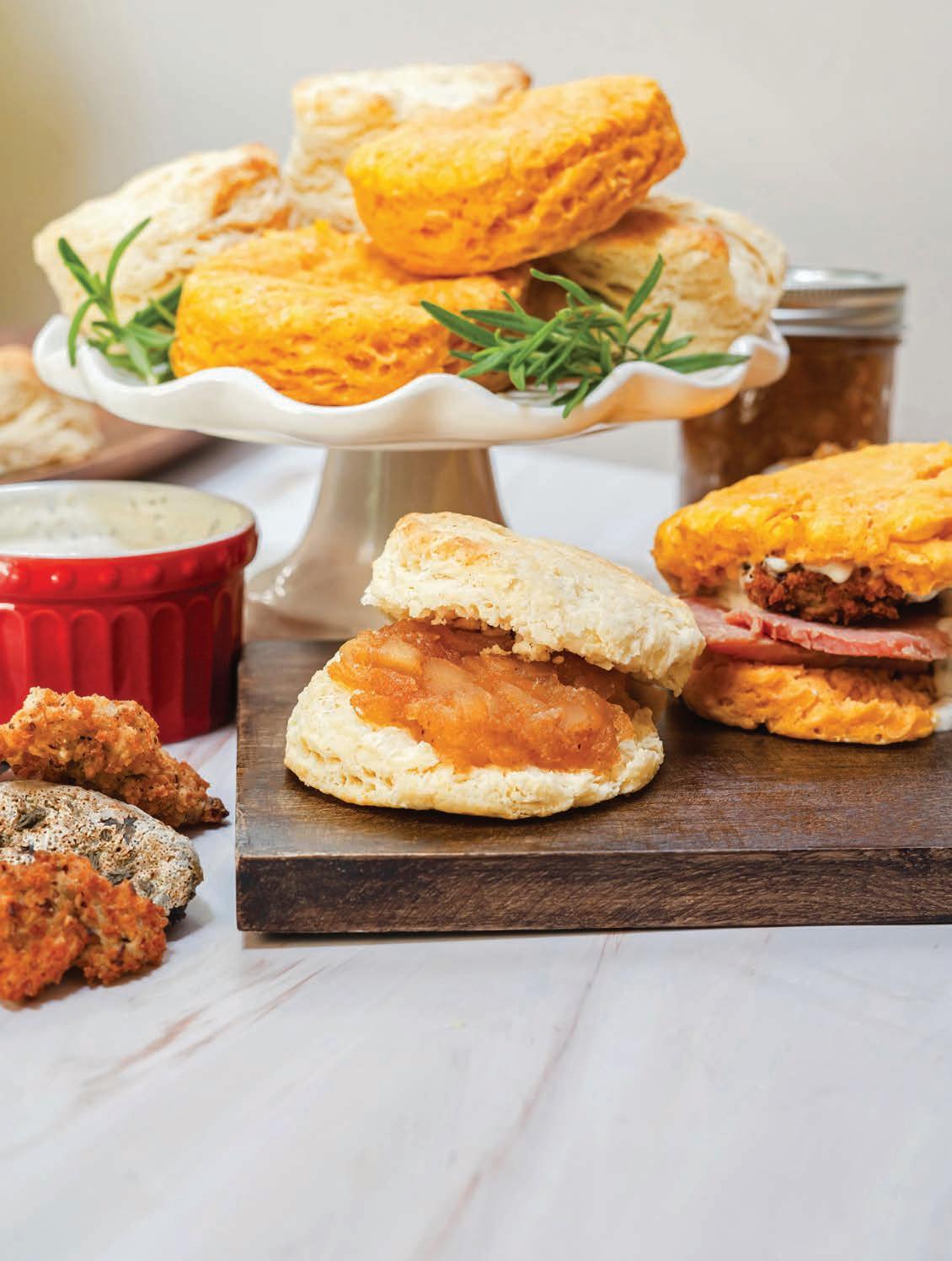
BY BECKY CALVERT | Photography by
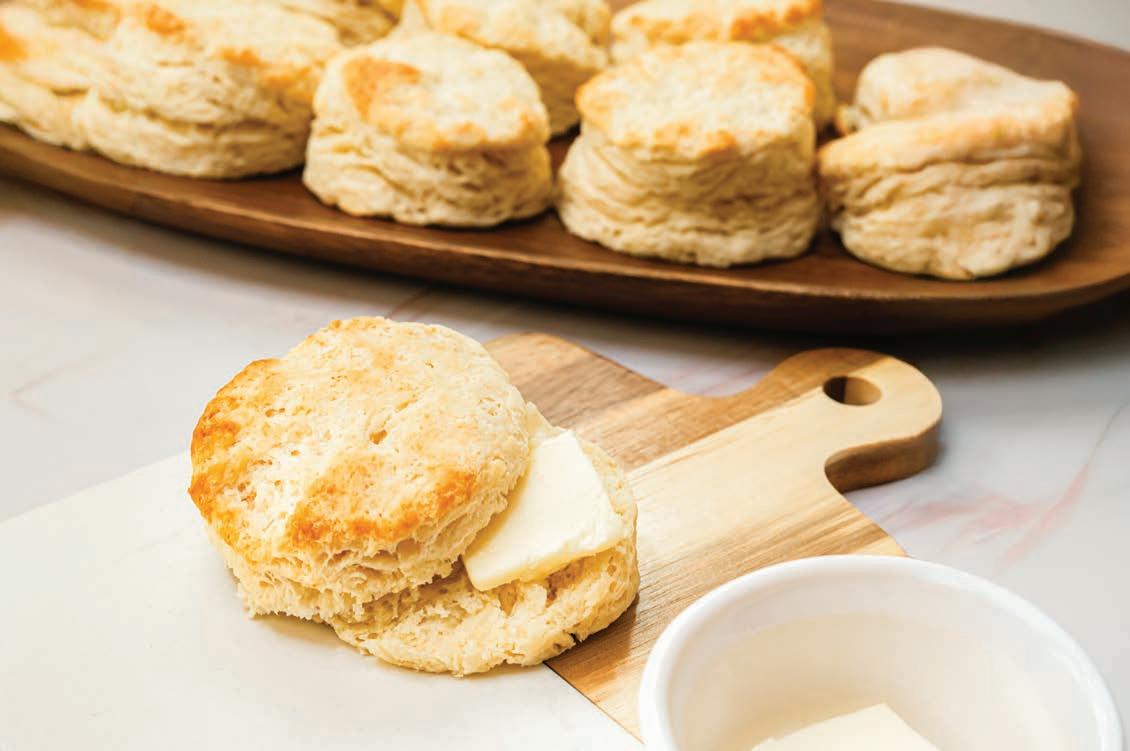
Biscuits are a relatively simple baked good, better made at home and served hot, fresh out of the oven. Essentially, they are flour, fat and liquid, but achieving that iconic, fluffy, perfect biscuit is harder than it looks. Many bakers, myself included, admit that learning to make biscuits is a journey that spans over years.
There are any number of tips out there for making the perfect fluffy Southern biscuit: the type and temperature of the fat used, the type of flour, how the dough is handled, the oven temperature and more. I could write an entire dissertation on all of this, but for the sake of efficiency (and my editor’s demands of sticking within a certain word count), I’m just going to include everything you need to know in the recipe. Well, almost everything, with one caveat: flour. Not all flours are created alike. White Lily Flour is made with soft red winter wheat, which is lower in protein content than other all-purpose flours and produces a fluffier biscuit. One can substitute cake flour for a portion of regular all-purpose flour for the same result that one sees with using White Lily Flour. If you can find White Lily All Purpose Flour, then disregard the use of cake flour in the following recipes and just use all White Lily Flour.
Yield: 8-10 biscuits depending on the size of your cutter.
3 cups flour (21/2 cups all-purpose flour + 1/2 cup cake flour OR 3 cups White Lily all-purpose flour)
41/2 teaspoons baking powder
¾ teaspoon cream of tartar
1 Tablespoon sugar
1/2 teaspoon salt
¾ cup cold fat – could be all unsalted butter or 1/2 cup unsalted butter, 1/4 lard/ bacon fat
1 egg, beaten
1/2 cup cream
1/2 cup milk or buttermilk
Preheat oven to 450 degrees. Mix dry ingredients together. Cut in the cold fat in two batches so that the first round is miniscule, the second round closer to pea size or smaller. (Note: You can use a food processor, a pastry cutter OR your hands to incorporate the fat into the flour mix.) Combine cream, milk and egg, pour into the dry mix. Stir together with a fork, then using your fingers, combine until the mixture forms a soft ball. (You may need to add more milk, but no more than 1/4 of a cup.) Turn out onto a floured counter, mat or cutting board. Pat down until about ¾" thick. To cut biscuits, dip your cutter (glass, cookie cutter, biscuit cutter, etc.) in flour and go straight up and down in the dough, not twisting. Place your biscuits close together on an ungreased pan (or lined with parchment paper or a silicone baking sheet for easier clean up). Chill biscuits for a minimum of 10 minutes. (This helps the flour absorb the fat for a better rise.) Place in oven, and bake for 10-12 minutes.


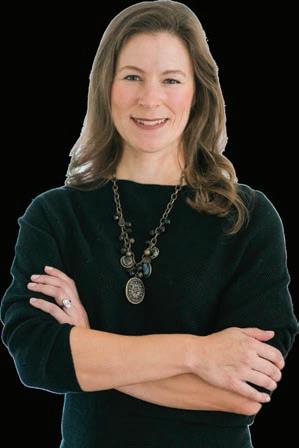


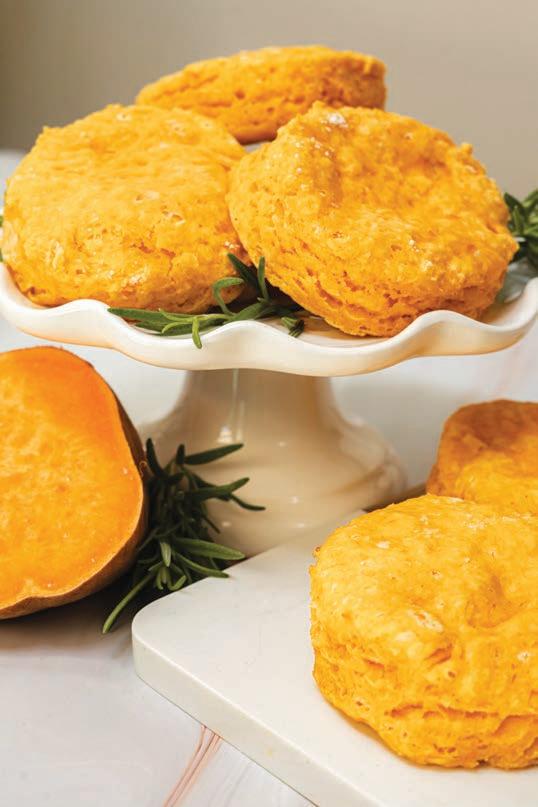
Of course, one needs several good biscuit recipes in their recipe box for a variety of occasions. Sweet potato biscuits are another classic Southern biscuit that are a tasty addition to any meal.
2 cups all-purpose flour + 1/2 cup cake flour OR 21/2 cups White Lily all-purpose flour
4 teaspoons baking powder
1 tablespoon sugar
1 teaspoon salt

8 Tablespoons cold unsalted butter
1/4 cup milk
1 pound sweet potatoes, cooked and pureed, about 1 ¾ cups
1 teaspoon fresh rosemary, chopped (optional)
Preheat oven to 400 degrees. Stir together dry ingredients. Cut butter into flour until the butter resembles small peas. (You can use a food processor, pastry blender or your fingers.) Combine milk with sweet potato puree, then combine with flour mix until just incorporated. Knead a few times, then pat out to 1/2" thickness on floured surface. Cut biscuits out and place them close together on baking sheet. Chill for 10 minutes, then bake for 12 minutes or until risen and slightly brown. For a fun variation, add freshly chopped rosemary to the flour mix.



Apple Pie Jam
Homemade biscuits call for homemade jam. This is a favorite of my family’s this time of year. It keeps for several weeks in the fridge (if it lasts that long) or can be hot water bathed for longer storage in your pantry.
Yield: 2 half-pint jars
3 cups peeled, cored, chopped apples (about a pound)
Grated zest and juice of 1/2 lemon
Dash of apple cider, apple juice or water
1/2 cup sugar
1/4 teaspoon ground cinnamon
1/8 teaspoon ground nutmeg
1/4 teaspoon fresh grated ginger
In a non-reactive pot, combine apples, lemon zest and juice, and apple juice. Boil gently for 30 minutes, or until apples begin to soften. Mash apples with a wooden spoon or a potato masher, if needed. Add

Fried Oyster and Ham Biscuits with Lemon Caper Mayonnaise
While biscuits are usually served with butter, honey or jam, they are also excellent as the basis for a breakfast sandwich or, best of all, when paired with Virginia country ham. Or go completely over-the-top and add a fried oyster to your country ham biscuit!


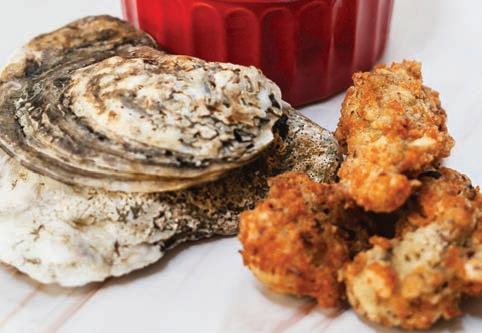
FRIED OYSTERS:
Oysters, freshly shucked
1/2 cup seasoned flour
1 egg, beaten
Dash of milk or buttermilk
1/2 cup cornmeal
1/4 cup Panko crumbs
1/4 cup finely ground roasted pecans
Oil for frying
Heat oil to 375 degrees. Put seasoned flour in a shallow bowl. Combine egg and milk in another bowl. Combine flour, cornmeal, panko and pecans in a separate bowl. Dredge oysters in seasoned flour. Dip into egg mixture. Coat with seasoned blend. Fry in hot oil until golden, taking care to not crowd oysters. Remove from oil and drain on plate.
LEMON CAPER MAYONNAISE:
1/2 cup mayonnaise
1 Tablespoon capers, finely chopped
2 Tablespoons horseradish
Lemon zest and lemon juice from 1/4 lemon
Few drops of caper juice
Combine all ingredients and chill until ready to use.
FRIED OYSTER AND COUNTRY
HAM BISCUITS:
Biscuits
Prepared country ham, thinly shaved
Fried oysters
Lemon caper mayonnaise
Split biscuits in half. Add a few pieces of country ham to one biscuit half. Top with fried oyster. Spread a thin layer of lemon caper mayo on the other biscuit half. Assemble and serve. ✦


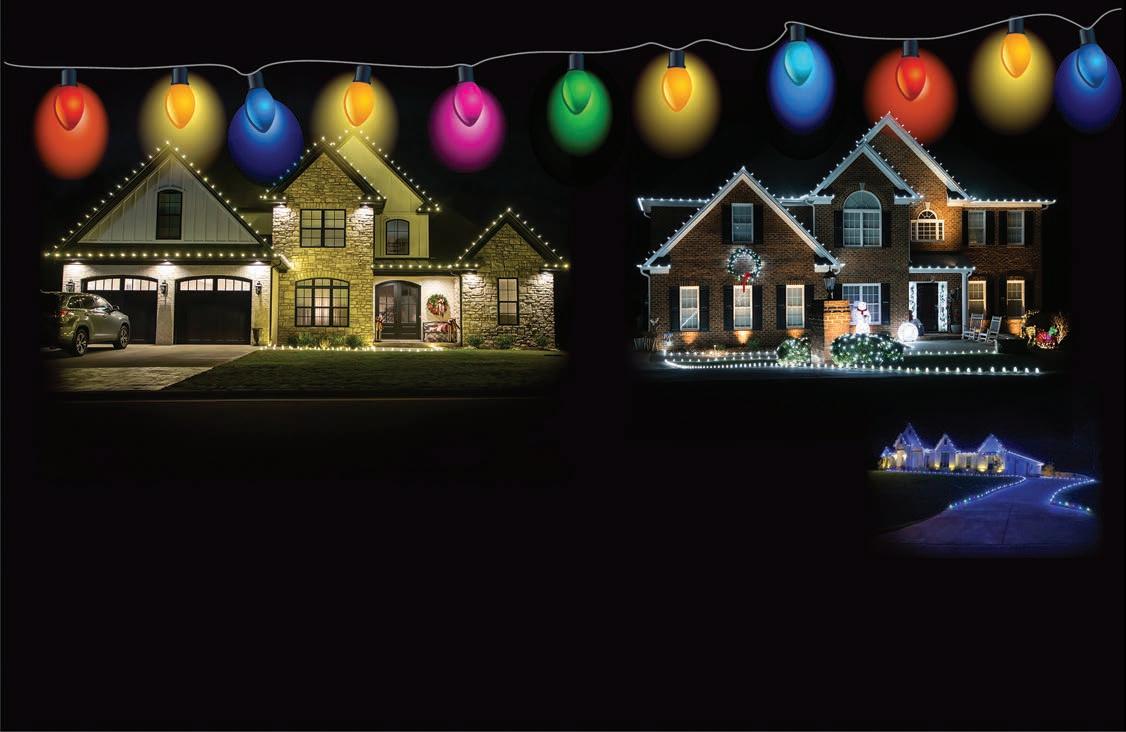


BY SLOANE LUCAS
While plant-lovers across the country associate Christmas cacti with wintertime, the Schlumbergera bridgesii actually hails from much milder climes, originating in the Southeast coastal mountains of Brazil. Unlike dry-climate cacti, this beautiful flowering succulent evolved to thrive in humid environments with lots of shade.
Perfectly suited for growing indoors, the Christmas cactus brightens interior décor with red, pink, purple, orange or creamy white flowers. Another bonus for dog lovers – they are not toxic to your cats and dogs. The longevity of these plants is impressive. With proper care, they can last decades, flowering year after year.
Propagation techniques
There are several options for propagating. You can plant directly into soil, or you can root in water. Time your cuttings for when the cactus is dormant instead of when it is budding or blooming. Instead of cutting, pinch and gently twist off up to four segments, using the natural break between leaf segments. If planting directly into soil, make sure the soil is very moist and keep in a warmer area while roots grow. To grow roots in water,


use a small glass container that allows you to keep the bottom inch submerged. You can also add small decorative stones to the jar to stabilize the cuttings. When roots appear, you can transfer to a pot with soil.

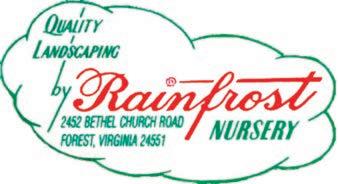


But the REALTOR® was about
They checked contracts twice
To make sure they were fair
They called the Merry Movers
Instructing what time to be there
They emailed and texted

Got all the details collected
They sent the closing company
“Justafriendlyreminder” message
They did all this on your behalf
And then even some more
They’re Santa’s little helpers
They’re jolly—they’re a REALTOR®!
So whether you are selling
Or it’s a first-time home buy
We wish you a merry closing
And a happy homeowner’s life
Planters should have good drainage to prevent roots from rotting and killing the plant. If repotting, aim for the new container to be three to six inches larger than its former home. Allow the plant to dry out a little before moving to the new container so the dirt stays intact. If the plant is rootbound, gently break up the roots. Add the new soil around the newly transplanted cactus and then water.

A plant that prefers moderate climates, your cactus will thrive in temperatures between 60-70 degrees. Keep them away from heat sources, including warm air vents and radiators, hot windowsills and functioning fireplaces.
Christmas cacti are thermo-photoperiodic, which means they need six to eight weeks of either cool weather or darkness to help spur budding. Keep the plant in a colder area of the house or enclosed patio where temperatures are between 50-55 degrees. Give it 13 hours of darkness at lower temperatures between 55-70 degrees to start the budding process. Or you can provide the plant darkness for 15 hours at a time in temperatures above 70 degrees. Bear in mind that darkness at higher temperatures needs to be uninterrupted –so sequester in a closet or windowless room. Do not fertilize it, either. Think of it as a period of hibernation where you want the plant to be as dormant as possible.
Once you see buds, shift to an area that is bright and sunny, but without direct sunshine, which can dry it out.
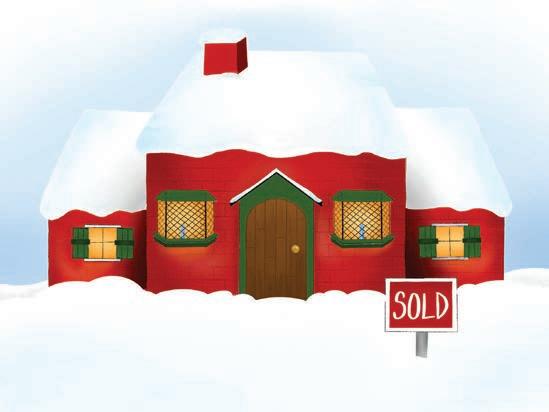

You will need to walk a line to keep your cactus at the right water level. Overwatering will cause the plant to wither, but it still needs to be kept hydrated. To mimic rainforest conditions, buy or upcycle a mister to spray your plant daily. Set the pot on a sealed tray with decorative pebbles and add water to the tray to provide additional humidity. Check the soil, and water only when the top is dry. When water runs through the bottom, it is saturated. Do not let it sit in runoff water — if the tray is too full of water, drain it until it is below the level of the pot.


Did you know?
Allan Cunningham was the first botanist to collect and document the Christmas cactus during an expedition to Brazil in the early 1800s.
— Birds & Blooms

As with many plants, your Christmas cactus will be happiest in well-drained soil rich with compost. You can also add liquid fertilizer, following manufacturer’s instructions for timing and amount.
Blooms should appear about 12 weeks after the first buds form. You can even time your blooms by working backward from the date you hope to have flowers. Allow for two months of hibernation and three months for flowers to open and you can plan ahead for beautiful blooms that will last well over a month.
Get creative with cacti
With Christmas cacti in bloom, be sure to show them off. Use them as bold table centerpieces, hang plants from the ceiling to fill empty corners, place them on the ends of shelves for pops of color and greenery. You might also display several together in matching or complementary planters to create a colorful indoor garden. Take care of your beautiful Christmas cactus this winter, and it will bring joy season after season! ✦

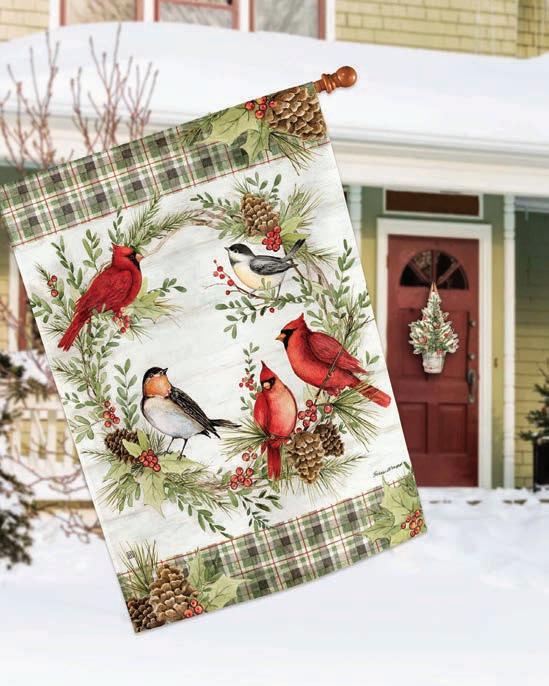




BY MARGIE LIPPARD
When I was a Smith College undergraduate, I read novels and poetry for hours nestled in a comfortable wingtip chair, my legs flung over its side arms, in the elegant Neilson Library Reading Room. Built-in shelves with leather-bound books lined the walls, oriental rugs adorned the wood floor, and antique tables displayed collectibles amidst whatever flotsam of books might be on a student’s syllabus. With a stately fireplace at its center, the room was an English major’s paradise.

While you may not have enough space for a dedicated library, you can create the perfect reading nook that fits your home’s dimensions and your budget. Its core elements mirror my college reading room: tranquil ambiance, comfortable furnishings, a rug and cozy accents, good lighting and shelving that showcases your book collection.
Finding and furnishing your nook
The quest for a serene spot for a reading nook can take you into unlikely places. For children, try reinventing a bedroom closet as an enchanting story time getaway. After folding closet clothing into a chest of drawers, you can fashion a reading oasis with poufs, fluffy throw pillows and blankets and gentle lighting. Spark your child’s imagination by painting the walls in bright colors or wallpapering them with whimsical patterns evoking storybook themes. Shallow bookshelves that display book covers, like those you see in libraries and bookstores, will simplify the book choice for the day.
When planning your reading nook, measure and make the most of your square footage. If you have extra space at the end of a built-in bunk bed, add a custom-made cushioned bench, storing book crates below and installing soft lighting above. Transform a window seat into a cozy reading nook ensconced within pretty curtains and illuminated by sunlight. In your playroom or den, pitch a canopy or tent for a magical hideaway decorated with bean bags, a string of twinkling lights and a small bookcase. Don’t forget a cushion for your family’s fourlegged furry friend!
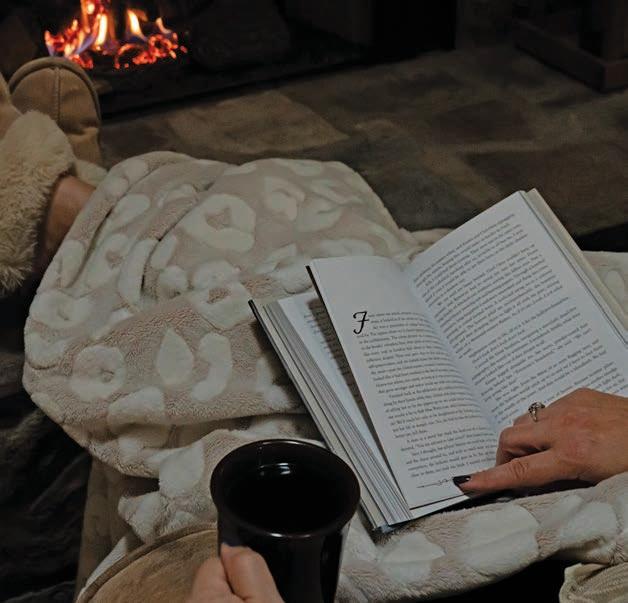




Enjoy your holiday events here!

For adults, you can integrate reading nooks into almost any room without dominating the space. Some rooms lend themselves to tranquil reading nooks better than others. Nestle a comfortable leather armchair on a cozy rug in a bedroom niche or by the bedroom fireplace, positioning a softly glowing floor lamp, side table and bookcase nearby. In a living room, study or sunroom, design a beautiful reading nook that embellishes your home’s décor. Your reading oasis might boast a plush sofa, a chaise lounge, twin club chairs or single armchairs, upholstered in patterns, textures and colors that enhance your home’s design. Anchor seating with side tables bearing handsome lamps and add an ottoman or coffee table for books and beverages. While it’s a busy hub and not exactly a relaxing oasis, a kitchen with shelving for cookbooks and a table to perch them upon for jotting recipes will inspire the cooks in your house over the holidays.
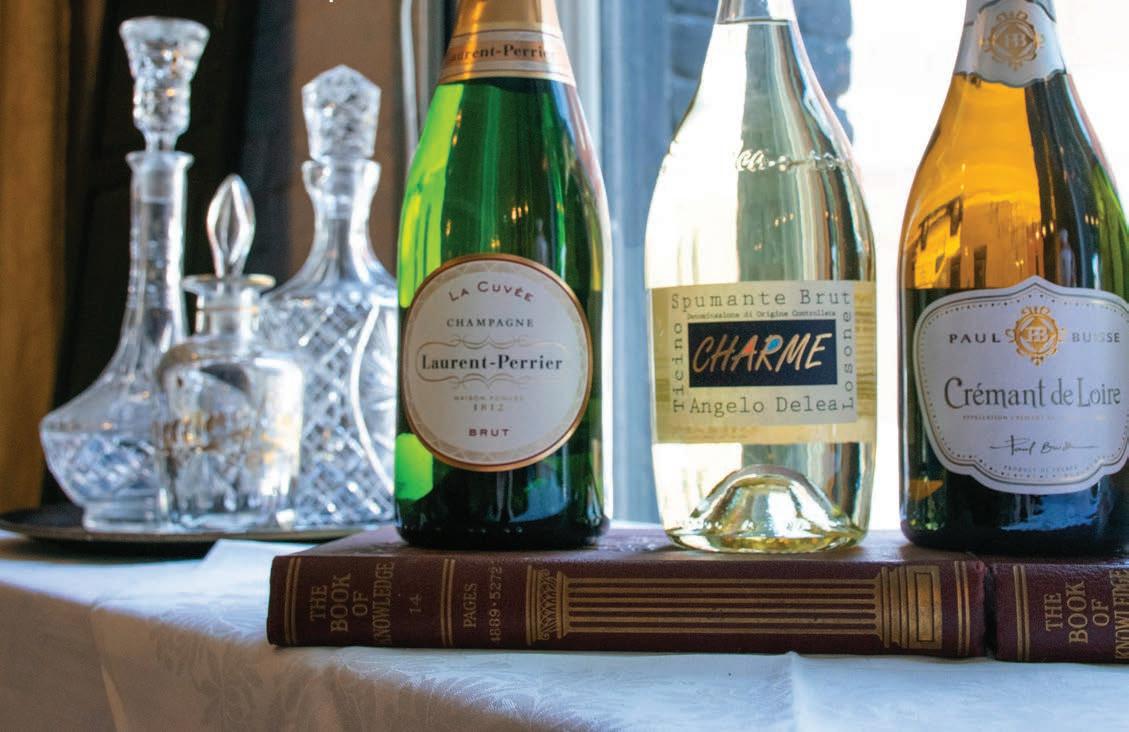
events her !



Whether DIY or tailor made, bookshelves marry function with style. A bookcase not only stores and spotlights your book collection, but it serves as a focal point in a room. Shop for beautiful shelves in a wide assortment of styles at local furniture stores. If you’re on a budget, Ikea Billy Bookcases are affordable DIY shelving options that come in a variety of sizes and prices beginning as low as $25. At a higher price point, the Ikea Hemnes collection features adjustable shelving, glass-door cabinets and storage drawers. If you’re on an even tighter budget, visit thrift shops or neatly stack well-made wicker crates for your books. You’ll create attractive yet affordable bookshelves that beg for a vase of flowers and a comfy reading chair.

With thoughtful organization, your book collection can be both aesthetically pleasing and accessible. Begin by separating paperbacks from hard-cover books, which need more shelving support. Arrange your books alphabetically by author or genre. For aesthetic purposes, consider grouping them in rainbows of color and according to height, with the tallest bookending each shelf. Winnow your book collection so it consists of your most treasured books and donate used ones to your public library or other charitable organization. When you downsize your collection, you’ll have space on your shelving to display artwork, framed pictures and collectibles that add interest and warmth to your room.
With the popularity of multiple-purpose flex spaces in interior design, home reading nooks are enjoying a renaissance. In these tranquil spaces, you don’t have to be an English major to experience the joy of reading. ✦

Indoor Aquatic Center
Massage Therapy & Sauna
Personal Training
Indoor Tennis & Pickleball
Beach Volleyball
Childcare

Sign up for your membership with code "HOME" for FREE initiation
Code valid through March 2025

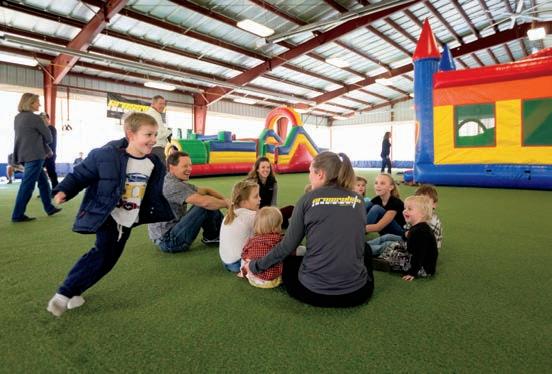

MMarsh Architects & Builders, a distinguished design-build firm in Lynchburg, is comprised of licensed architects, architectural designers and master builders. Specializing in luxury residential and commercial projects, we craft bespoke spaces that blend innovative design with superior craftsmanship.
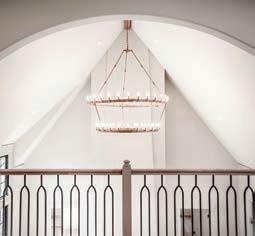




Whether designing and building elegant homes or commercial environments, our team delivers exceptional quality, ensuring that each project reflects the unique vision and lifestyle of our clients. At Marsh Architects & Builders, we transform ideas into beautifully realized spaces, tailored to meet the highest standards of luxury and function.
Our team works closely with you to understand your vision, blending innovation with classic design principles to create a stunning structure that is both functional and enduring. We bring timeless design from years of study and extensive travels both in the United States and abroad.
Architecture shapes the world we live in, our interactions and our experiences. This responsibility should be handled with the utmost care and respect. We believe that all great architecture begins with the fluidity of getting thoughts on paper in sketch format. This carries the least amount of restriction on ideas that can later be refined with more sketches and eventually hard lined with computer aided tools.


We take pride in our work, meticulously designing and building to the highest standards of quality. We believe that true luxury is found in the details, and we spare no effort in ensuring that every element of your project is perfect.
For more information: visit www.marsh-ab.com, call (434) 258-3299 or email joshua@marsh-ab.com

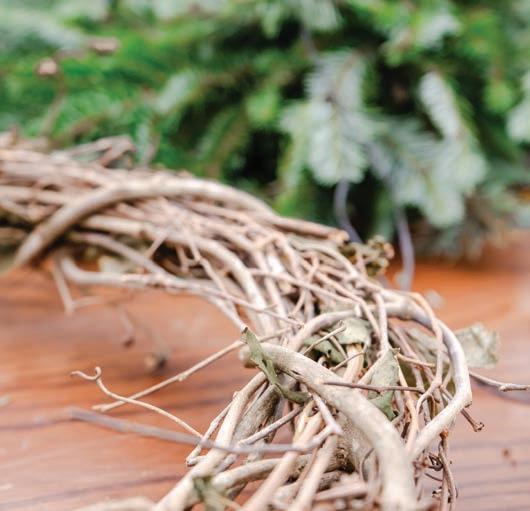
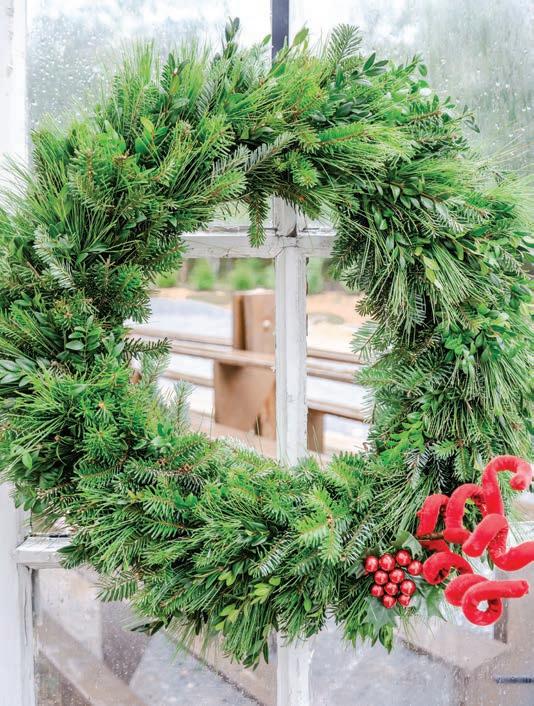
Welcome your holiday guests with a handmade wreath
BY GINNY SMITH
Photography by James River Media
Like a beautiful bow is an invitation to open a package, a wreath on a front door welcomes visitors with an expression of creativity, personal style and celebration. A fun hobby for crafters of all skill levels, wreath making can be as simple or as complex as the crafter desires.
Dating back to ancient Greece and Rome, wreaths were used to symbolize victory and honor. In church history, wreaths were used to tell a story. For instance, advent wreaths symbolize God’s endless love with a circular shape and four candles to represent the four weeks leading up to Christmas. Today, wreaths are important pieces of home décor that showcase a variety of holidays and celebrations and also provide an avenue for individual expression.



Types of wreaths
“Wreaths can be used for any holiday or occasion or can be given as gifts,” says Mary Gribbin, owner of Erin Springs, a local business that sells holiday trees and wreaths. “A lot of people put wreaths on their front doors at Christmas time, but you can also bring wreaths indoors and place them over a mantle or hang them on a wall. Wreaths can also be used as a memorial,” continues Gribbin. “We created a beautiful memorial with 40 wreaths that we placed on stands and displayed in a cemetery. Wreaths are also used on military days to honor veterans.”
Any celebration, from birthdays, weddings and baby showers to retirement parties and other farewells, is a worthy excuse to build a wreath. “They become very personal,” notes Gribbin. “Everybody’s is different and can be customized for the season. Some people even use the same base, but make a new wreath for each season.”
A wreath with pinecones and fall leaves welcomes autumn into the home while a white wreath with cranberries is a perfect addition to the snowy winter season. Satin flowers say hello to spring, and a wreath with seashells of different shapes and sizes can remind you of that special summer vacation.
With a little creativity, you can make memorable decorations for the holiday season and throughout the year.

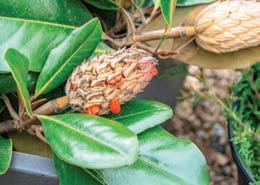

The materials used to make wreaths are limited only by the imagination of the wreath maker. To build a simple holiday wreath, you will need a wreath base, greenery and decorative accents. Tools such as wire cutters, scissors, pliers and hot glue guns are essential.
For the base, you can choose from a variety of materials including a wire frame, a foam form, a straw form or a grapevine base. Popular choices for greenery, especially during the Christmas season, are white pine, Frazier fir, boxwood and magnolia.
“You can choose fresh or artificial greenery,” says Gribbin. “A wreath on your front door will stay fresh through January. If you bring it inside, you can spritz it with water to keep it looking good and smelling nice.”

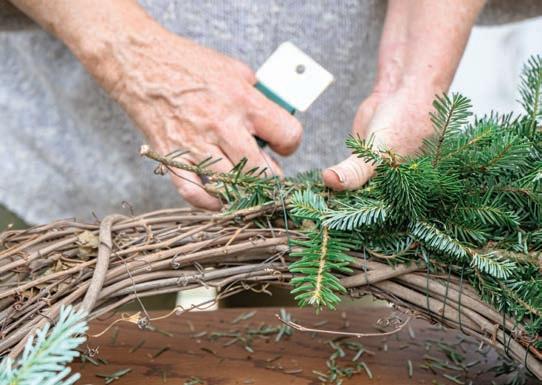
Once you choose the base and the greenery, add the decorative accents to the wreath: ribbons and bows, fresh or dried fruit and flowers, cinnamon sticks, herbs, pinecones, acorns, feathers, seashells or other items from nature, ornaments, figurines, and even battery-operated twinkle lights. Simply match the accents to the celebration, and add your own personal touch to your design.
In historic Colonial Williamsburg, wreaths are often donned with fruits. “If you choose to have any kind of fresh berries, just spray them lightly with hairspray first to keep them looking nice,” recommends Gribbin. “I have a dehydrator and love to dry fruit to add to the wreath.”
The design for the wreath can be basic or detailed. Once you choose what you want for the base, the greenery and the accents, lay out your selections and begin building your wreath.
“You don’t want to overwhelm the wreath,” notes Gribbin. First, “attach the greenery to the base with green wire.” Then, choose a few pieces for color and highlights. I try to add things that you can get outside during that time of year. A lot of people like to add bows to finish the wreath.”
Pinterest is full of tutorials for making your own bows, ranging from simple to more difficult. Of course, you could always purchase an inexpensive bowmaker as well.
Most importantly, don’t be afraid to experiment with the design. Mix and match colors and textures. Think outside the box: try painting pinecones or twigs to add that extra flash of personality. Take a walk around your neighborhood and see what speaks to you — nature is inspiring! Enjoy the creative process.


Conveniently located on a beautiful, 125-acre campus in the walkable Wyndhurst area, The Summit offers private cottages and apartment homes, along with thoughtful services and modern amenities designed to enhance your life. Combined with LifeSpire of Virginia’s 75-year history of empowering choices in purposeful living, The Summit is a smart choice that could make your next years your best years.

Step-by-step instructions for
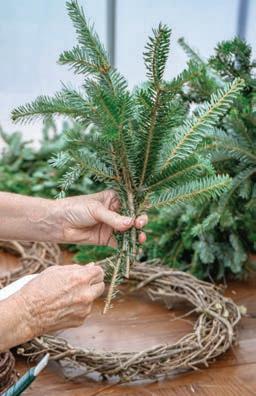
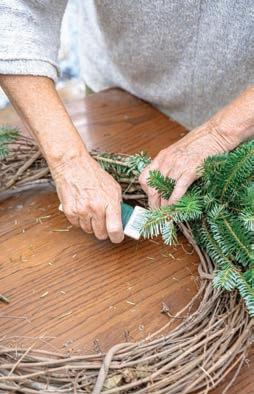
1
Lay a small bundle or bouquet of greenery on your base and wrap floral wire around it several times to keep it in place.

3
Continue adding bundles until your wreath is full and to your liking.
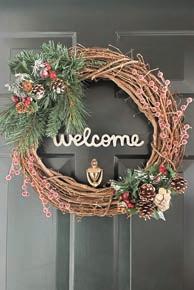
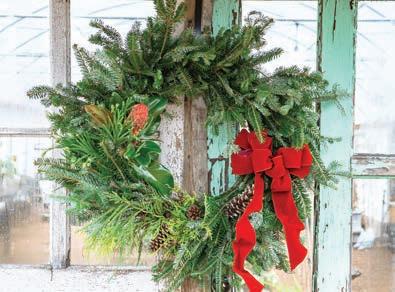
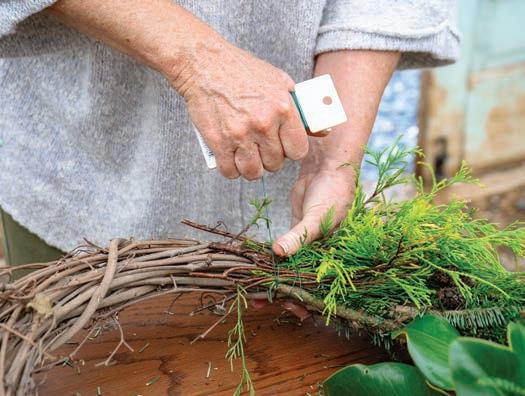
2
Add another bundle, overlapping the previous bundle, and secure that with floral wire.

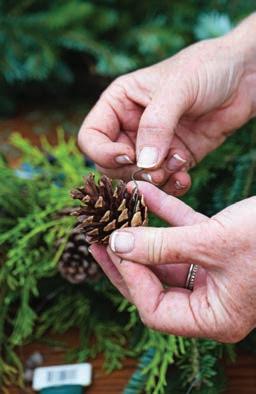
4
Add decorative pieces to your wreath with wire, pins, clips, floral tape or glue.

5
Hang your wreath with fishing line for a seamless look or use ribbon for more color and texture. You could also hang your wreath as you would a picture or purchase an actual wreath hanger that is designed to slip over your door.

WREATH-MAKING

When: November 30 & December 7 from 10 am to 12 pm
Where: Huckleberry Knob Nursery
Cost: $70
For tickets: Call
Huckleberry Knob Nursery at 434-266-1262
While some people like to reuse the base for each season and just swap out the accents, others like to have separate seasonal wreaths. To keep your artificial wreath the same for next year, you have to store it in a way that protects against damage. For those who have a storage area or a garage, the wreaths can be hung on the wall in see-through bags. Or, put them in clear bags and use ribbon to attach them to hangers and place them in a closet or on a rolling rack. You could also store them in a cardboard box and cover them with tissue paper. Of course, purchasing plastic or canvas wreath containers to keep them safe throughout the seasons is another option for safely storing your wreath.
A wreath-making workshop is a great way to learn the basics. “Sometimes, it’s good to be in a group because you can come up with some good ideas,” comments Gribbin. “It’s amazing what people come up with. We serve hot tea, hot chocolate, coffee and scones and share ideas. It’s a special time during a special season.”
Huckleberry Knob Nursery is hosting a wreath-making workshop with Mary Gribbin on November 30 and December 7 from 10 am – 12 pm. For tickets, call Huckleberry Knob Nursery at 434-266-1262. If you would rather skip the DIY and pick up a pre-made wreath, check out local spots such as Gary’s Garden Center, Huckleberry Knob Nursery, Rainfrost Nursery and Virginia Garden Supply.
Whether they are displayed during the holidays, used for special occasions or incorporated into our décor, wreaths are decorative, meaningful home accents that we can enjoy throughout the year. Crafting your own wreath is a fun, festive experience that could become your own holiday tradition. ✦



BY MITZI BIBLE
The winter months are the peak time for house fires with heating systems called into action. Add in the risks from candles, holiday cooking, lights and live greenery, and there’s even more reason to be vigilant this season.
With the help of your local fire authority, HOME shares some tips for protecting your house and your loved ones from fire dangers.
Keep it clear
According to the National Fire Protection Association (NFPA), half of all home heating fires occur in December, January and February.
Candace Brown, Battalion Chief Fire Marshal with the Lynchburg Fire Department (LFD), says that national statistic holds true here, too. One major cause of house fires she sees during this time is carelessness in leaving items too close to heaters or fireplaces.
“Keeping things that can burn at least 3 feet away from any heat source — fireplaces, woodstoves, radiators or space heaters


— and if you can, a 5-foot clearance all the way around, is the rule of thumb,” says Brown, who is in her 17th year with LFD.
She says more people are using electric space heaters, as they are relatively inexpensive and now come in many different sizes and styles.
“Unfortunately, in a time with inflation where the costs of heating and cooling have increased, people are using alternative heating sources to decrease their bills. I understand it, but you need to just be sure you’re doing it safely, and not using a heater near anything combustible, like blankets, furniture, papers — anything that could ignite.”
If you are running multiple space heaters for a big space, she says to plug them into separate outlets. “These devices pull so much amperage, so much energy, so you run the risk of overheating that socket.” For that same reason, she says space heaters should be plugged directly into the wall, not into an extension cord or surge protector, and should be unplugged when not in use.
Brown says the department also responds to a lot of chimney fires and recommends that fireplaces, chimneys and vents are cleaned and inspected professionally at least once a year.


Every house should be equipped with working fire extinguishers and smoke detectors — and people who know how to use and maintain them.
Brown says most of the traditional, portable fire extinguishers today cover all the general classes of fire (A, B, C, and K). While new products have come to market, including fire blankets, aerosol can fire suppressants, rangehood suppressors (small canisters that are activated automatically when they detect flames erupt on the stove), and compact extinguishers in hand-held tubes (about the size of a road flare), she said the research and data is too early to promote them to homeowners. She refers to the NFPA, which sets standards on consumer products, and advises reading all labels.
“Just know what you’re buying and follow manufacturer’s instructions. If you have a question, you can reach out to us — we’re happy to walk citizens through their decision making.”

If you live in a multi-story home, she recommends keeping a fire extinguisher on each level, and place it where it is easily accessible. If you keep it in a closet or under the sink, make sure you don’t have to dig around to find it. One idea is to mount it on the back of a pantry door.
With fireplaces, whether gas or woodburning, Brown also recommends having a carbon monoxide detector. Again, follow the manufacturer’s instructions for placement and mounting height, because some will say they need to be at the level people would be breathing it in or even lower to the ground.
Other products to consider stocking are fire resistant mats or hearth rugs, now available in a variety of decorative designs, to help catch stray embers or ashes, and escape




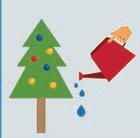

Read


Plug only one heat-producing appliance (like a space heater) into an electrical outlet at a time.
Source: NFPA

Smoke alarms are more common in homes, but they’re also often neglected. According to the NFPA, smoke alarms were present in 74 percent of the reported home fires from 2018 to 2022, and nearly three out of five (59 percent) home fire deaths were caused by fires in properties with no smoke alarms (43 percent) or smoke alarms that failed to operate (16 percent).
Brown and her staff work with the American Red Cross’ Home Fire Campaign and canvass neighborhoods in the spring and the fall, offering to install free smoke alarms or change batteries. LFD also has a year-round program offering case-by-case assistance to residents who call.
Smoke alarm batteries should be changed twice a year. (To help you remember, do it every time you adjust your clocks for Daylight Saving Time.) Replace detectors every 10 years. Also, test them at least once a month. If you have a hardwired system, make sure you have a battery backup.
New “smart” detectors can notify you via a phone app in case of emergency and when the battery is low. Smoke alarms should be installed in each bedroom and in the hallways upstairs and downstairs.
You should also have an escape plan, with at least two exit routes from every room and an agreed-upon meeting place outside. Brown recommends all members sleep with their bedroom doors closed, an act she has seen that can save lives.
Keep it festive & safe
All the holiday celebrating can also lead to an increased risk of fires, and families should be well prepared. Brown says to make sure that live Christmas trees are well-watered and

checked daily. (She says you only need to watch YouTube videos of trees going up in flames in mere seconds to understand the danger.)
More people also use candles over the holidays. “For decorative candles, we recommend you use a battery-operated flameless candle, but general good practices are to make sure they are away from things that can burn, and when you leave a room or leave home, that you don’t leave them burning.”
And if you have a cat or other pets, keep an extra eye out. “This is something we see, and we see it across the country: a cat can jump up and knock something down, and that’s how fires can easily start. Be mindful of where candles are placed.”
Although it’s less common, fires can start from overloaded electrical circuits, so people should take special care with their holiday light displays. Brown says to use only quality cords and surge protectors that are rated for exterior use and to learn the number of amps that may be required.
Kitchens always seem busier around the holidays, and knowing how to prevent cooking fires is important. According to the National Safety Council, cooking remains the leading cause of U.S. home fires, and of those, most are started by oil and grease overheating. Brown says the biggest mistake people make is panicking and putting water on a grease fire, which only makes it spread more. Putting a lid on the pan will suffocate the fire.
Although data from the U.S. Fire Administration shows residential house fires are decreasing (by 4% from 2013-22), vigilance is essential. As you fire up your heaters and fireplaces soon and plan your holiday festivities at home, it’s the perfect time to talk about fire safety with your family. ✦


BY KENDALL ATKINS LIVICK
’ all the way to impromptu gift mastery




The holiday season brings with it many surprises more beautiful than anything conjured up by a sugar plum fairy. Yet there’s a certain unwelcome surprise that can happen during those 12 days of Christmas: the dreaded one-sided gift. It could be an old childhood friend stopping through town, your handyman or the neighbor down the street. Someone will give you an unanticipated token of affection. Never knowing when it will happen can turn the “most wonderful time of the year” into a daily game of Rudolph roulette with every social interaction.
This calls for a four-ingredient acronym! When it comes to preparing gifts for unexpected scenarios, Jingle BELL all the way! Fill your Santa sack and never again feel like a reindeer in headlights.




or for a week,

German Smokers H Artificial Designer Trees
Ornaments H Celestial Lights Window Candles
Egyptian Glass H Fresh Cut Trees
Fresh Wreaths H Poinsettias gifts for all ages
visit us on Facebook for specials & events 4614 BOONSBORO ROAD (434) 384-2441
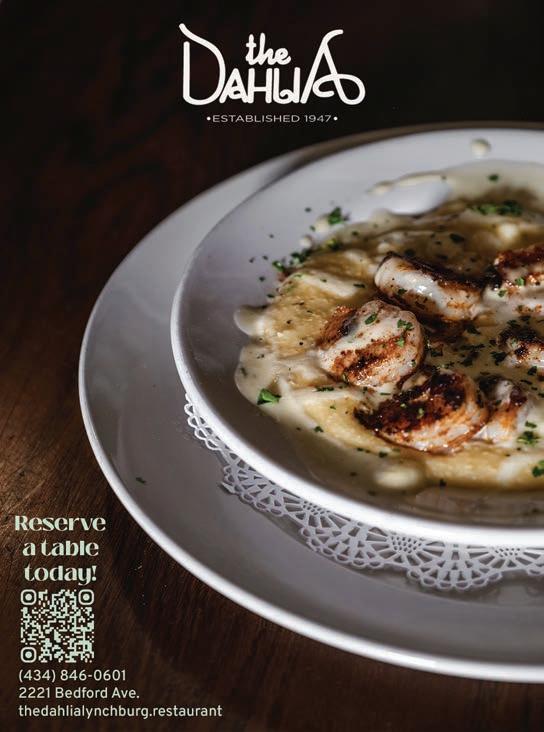
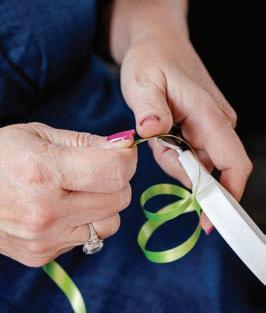

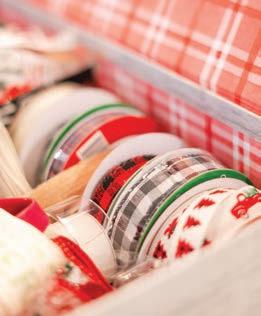
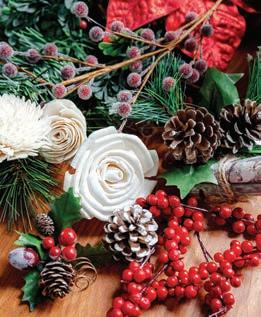
Thanks to YouTube and TikTok tutorials, gift prep with all the jingle bells and whistles is very approachable these days. Taking a few minutes to learn how to properly measure wrapping paper, curl ribbons with a pair of scissors or stuff tissue paper in an artful way, can really take your gift giving to the next level. Even something as universal as an Amazon gift card can appear aesthetically customized with a sprig of faux holly or curlicue ribbon tucked in the card.
n Store packaging materials organized by type in a specific place you’ll remember like a cedar closet or attic. Bows, ribbons and tissue paper can be stored in clear containers. Bags can be stored upright with the nesting approach, in which smaller ones fit inside larger ones.
n Once your extra gifts are prepared, place a sticky note on the bottom of each with a small descriptor — just remember to remove them before handing off the package.
n The best time to gather wrapping materials and anything Christmas inspired in general, are the days immediately following Christmas. Gather all materials that are still intact for reuse, and then head to stores and stock up on all the markdowns in preparation for the next year.
n When it comes to floral packaging add-ons, keep it faux. Not only will they hold up, but some people are allergic to fresh greenery.
n If you have a way with words, consider handwriting a little poem or thoughtful Christmas wish in each card (a message that is meaningful but could work for anyone).



Christmas elves evoke childlike joy and mischievous humor. You may have already resorted to this style of gag gifting after years of exchanging presents with your father-in-law — a man of simple desires and a loyal fan of one sports team. How many Virginia Tech Hokie-themed beverage containers and articles of clothing does one man need? Let’s face it, sometimes gifts are more about cheap thrills than treasured keepsakes. Those inflatable light-up reindeer antlers on Grandpa’s head — for which the cousins took aim during a hearty game of plastic ring toss? Well, they might not live to see another year, but the hilarious memories and pictures will circulate for a lifetime. The thing about hot dog-flavored candy canes, socks shaped like animal paws and burrito-mimicking throw blankets, is that they disarm the opener. Like an elf with a twinkle in your eye, you’ll revel in the thrill of the hunt and the reactions that follow.
n Throughout the year, consider stockpiling items that stand out to you in the front clearance sections of the big box stores. Anything neat that inspires curiosity or a chuckle can be saved as a novelty gift.
n Group budget-friendly small gifts together by theme. For the wordsmith recipients, compile low-cost crossword puzzle booklets, free books in good condition from local little libraries and silly joke book collectibles from stores like Five Below and Dollar General. This piggybacks on the bundling theme, as it also features skillful curation.



Do you have a special talent that showcases your individuality? Quilting? Painting? Crafting? Baking? Shearing your farm-raised llama and hand-knitting wool socks? If so, this type of gift is a no-brainer. You’re likely already creating special gifts for the folks on your list, so assuming that your passion isn’t too time-consuming, make several extras.
n If items aren’t specific to the Christmas season or perishable, they can be gifted throughout the year for any occasion. Examples include landscape paintings, sewn fashion accessories or blankets, soaps and jewelry.
n To keep the creative process from feeling like a chore, make a day of it. It can be part of your typical Christmas season, a random day in September or part of “Christmas in July.” Spend the day immersed in your passion while sipping hot chocolate and watching your favorite Christmas movie.

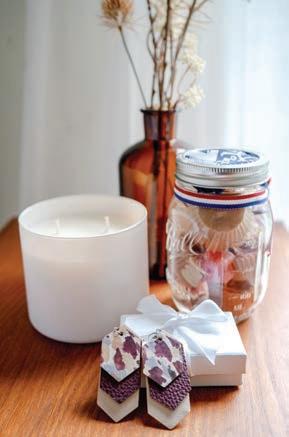
If you’re short on crafting talent or time, no worries! With local loot, you pass along someone else’s creations. If you’re proud of where you live and wish to support small mom-andpop shops, farmers and local artisans, give gifts that celebrate your community. Festivals, art and craft expos and farmers markets are the best places to find treasures like paintings, pottery, woodwork, candles, treats and more.
n Festival finds can be gathered all year round, especially when it comes to crafts and pottery.
n Food and beverages are best purchased and/or prepared as close to the holidays as possible (with the exception of freezedried candy, properly sealed snacks with far-off expiration dates, or something like fine wine that ages well).
n Be sure to strike up a conversation with the artist about the inspiration or origin of source materials. Passing along the story behind the gift is half the fun.
At the height of the season, keep your extra gifts in an accessible place like your handbag or the trunk of the car. From there, you can easily choose and grab an appropriate choice on the fly.
No longer a reindeer in headlights, you are now taking the reigns as a savvy Santa with a few tricks up your red velvet sleeve. That’s a wrap … with a bow on top! ✦


Reach more customers through strategic marketing with HOME magazine and WLNI
As you plan your marketing strategy, meet with us to reach a wider audience with HOME magazine and WLNI. These two media outlets offer a unique way to bundle your messages to reach a larger audience in different ways. Both are hyper local, focusing ads and content to our local community, and both are targeted to adults with the disposable income to afford your products and services.


“We’ve had a successful partnership with James River Media using WLNI radio for many years. This year, being our 40th anniversary, we wanted to add to our marketing, so we included HOME magazine. We’ve gotten such great feedback on the magazine and radio ads. We highlight our company history and that really lets us tell the story for the business and what we do to give back in our community. The JRM creative team does a wonderful job. We value this partnership and recommend them if you are looking for creative ways to market your business.”
Josh Mills and Laura Mills Mills Heating & Air Conditioning

While HOME magazine allows you to SHOW potential customers your products and services, WLNI offers you the ability to TELL your story in your own voice.
Let’s partner to boost your business! And you can experience success like Mills Heating & Air, Central Virginia Mulching and Blue Ridge Scientific.
“I’m a WLNI listener and felt it would be a good fit for my advertising needs. I like the ability to go beyond traditional 30-second ads and really tell my story with the 60-second ‘interview style commercials.’ The in-studio interviews are very effective.
My Central Virginia Mulching machine really needs to be seen. HOME magazine has been great to show the readers what we talk about on air. My ROI has been great using the combination of WLNI and HOME magazine.”
Jeff C. | Owner Central Virginia Mulching

“James River Media offers a unique advertising combination of WLNI Radio and HOME Magazine. Both mediums have proven to be instrumental in creating brand awareness and driving traffic into our facility. The WLNI team is invested in our success, often relating our business to other topics of conversation! That’s free advertising! James River Media also compliments our efforts on the radio with cost effective print advertising in HOME Magazine. [They] are experts in the advertising field and help to design the perfect print ads. I could not be happier with the entire team at James River Media. They have helped us to grow and establish our brand, and they will do the same for your business! ”
Ryan Gordon | Founder Blue Ridge Scientific

